|
|
|||||||||||||||||||||||||||||||||||||||||||||||||||||||||||||||||||||||||||||||||||||||||||||||||||||||||||||||||||||||||||||||||||||||||||||||||||||
We had some unexpected turns of events since my little update upon on our return from the market the other day. My Christian got unexpectedly ill and is currently in hospital recovering from surgery. All thankfully seems to have gone well and little Einar and I are looking forward to get him home soon. ♥ Having put the little one to bed, I am writing this blog post while a summer storm is thundering outside, and thinking about the lovely weekend we had together in the sun—which rather feels like it was much more than just a few days ago. 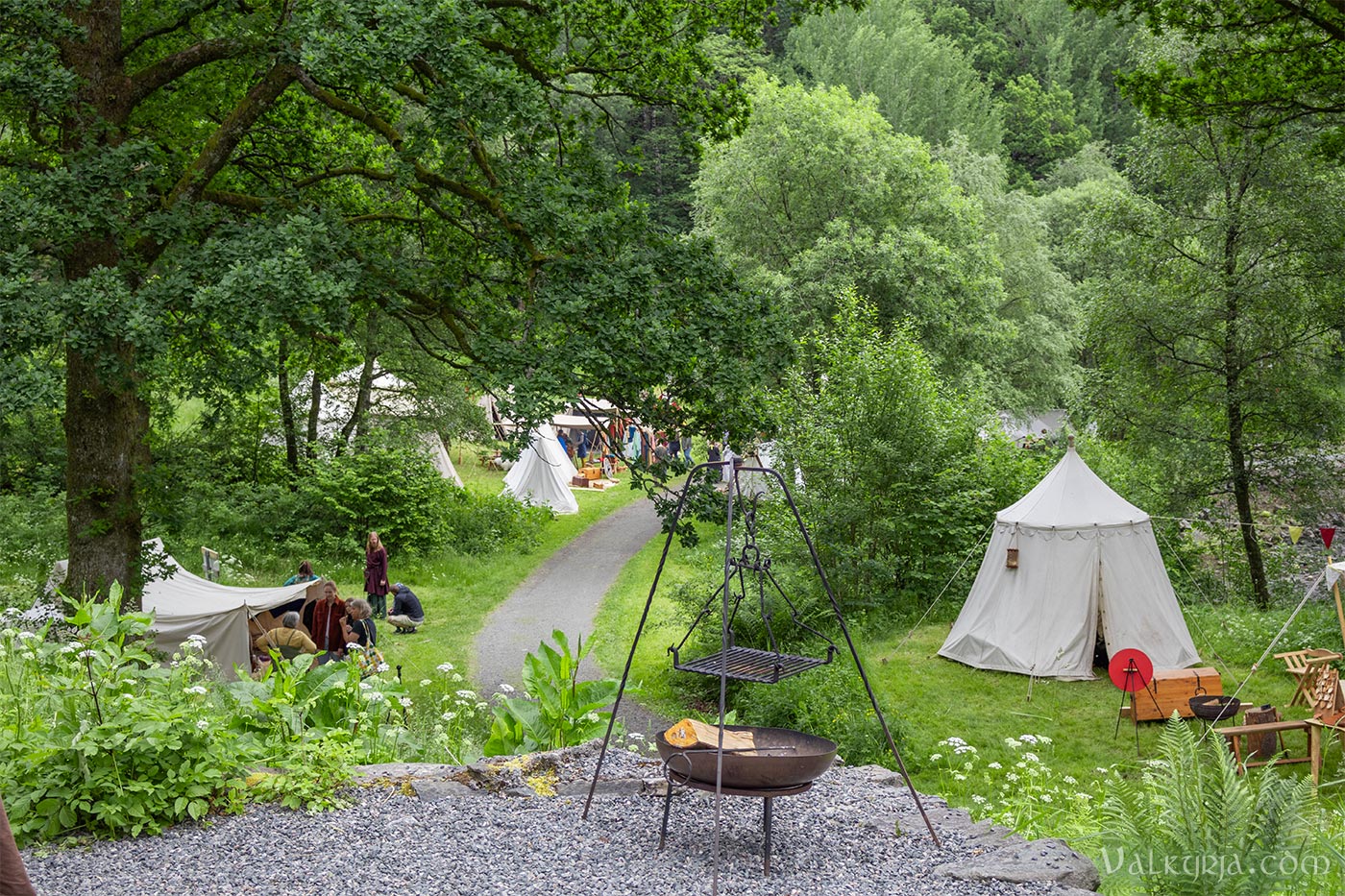
We arrived early Friday evening, and I was quickly reminded of how the BM spirit is something entirely special that you feel when stepping into the market area: the friendly atmosphere; the hilly and winding terrain; little crooked paths under towering trees; the sound of someone playing a flute or a harp somewhere. 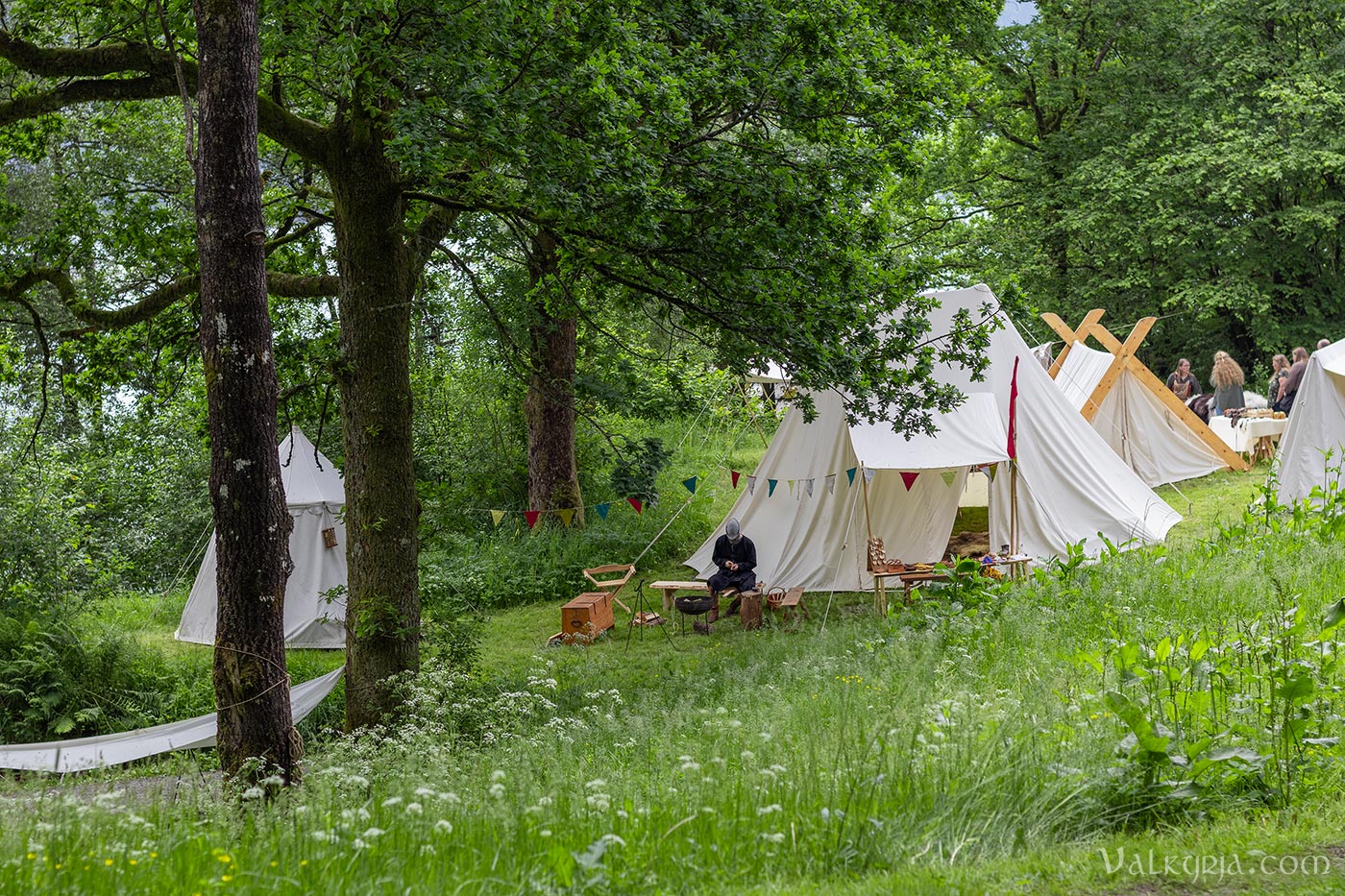
We set up camp in the upper part of the grounds this year, under a green ceiling of maples, rowans, aspen and oaks. 🍃 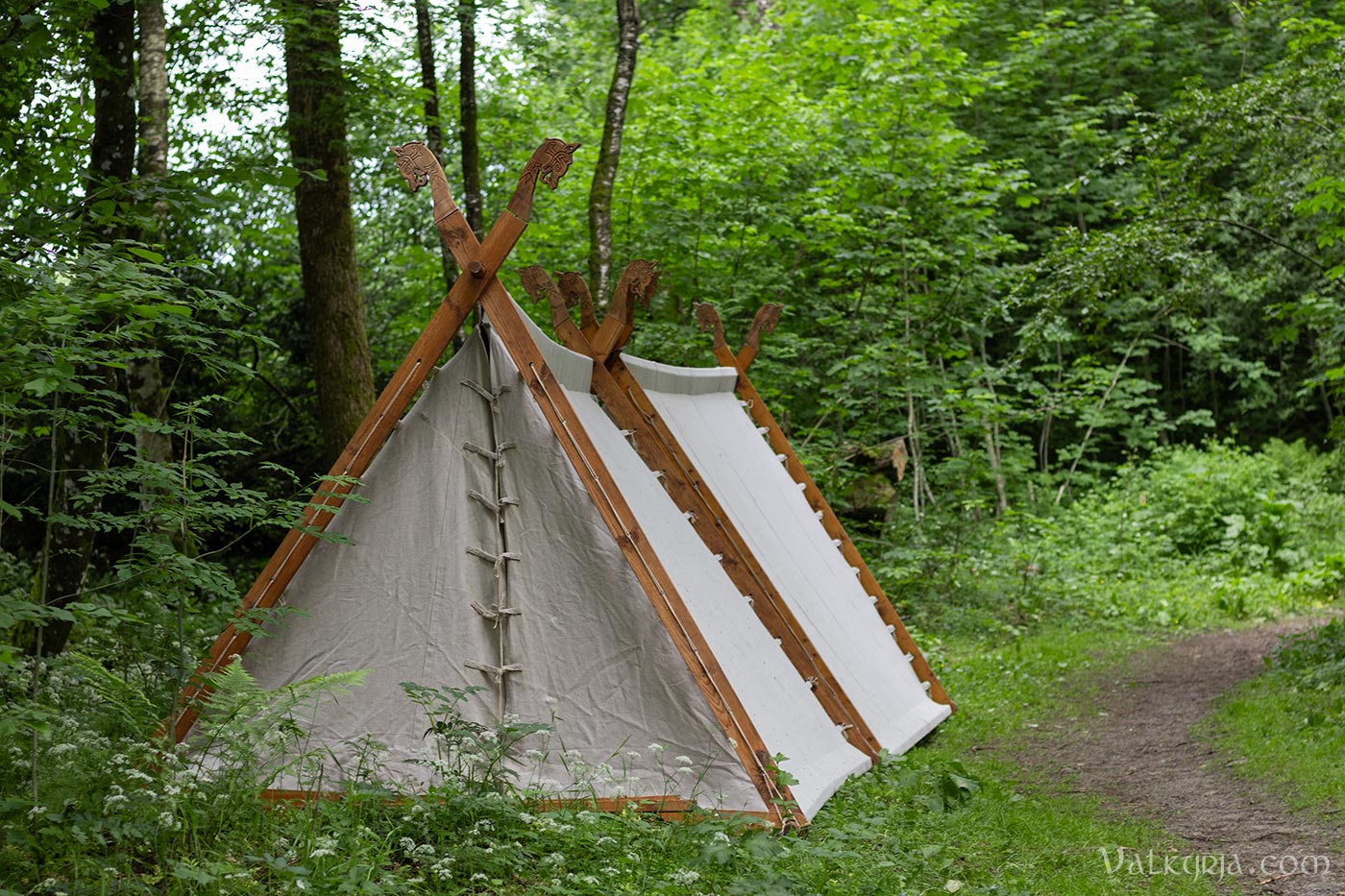
Our neighbors Benedicte and Lars Christian. ^^ 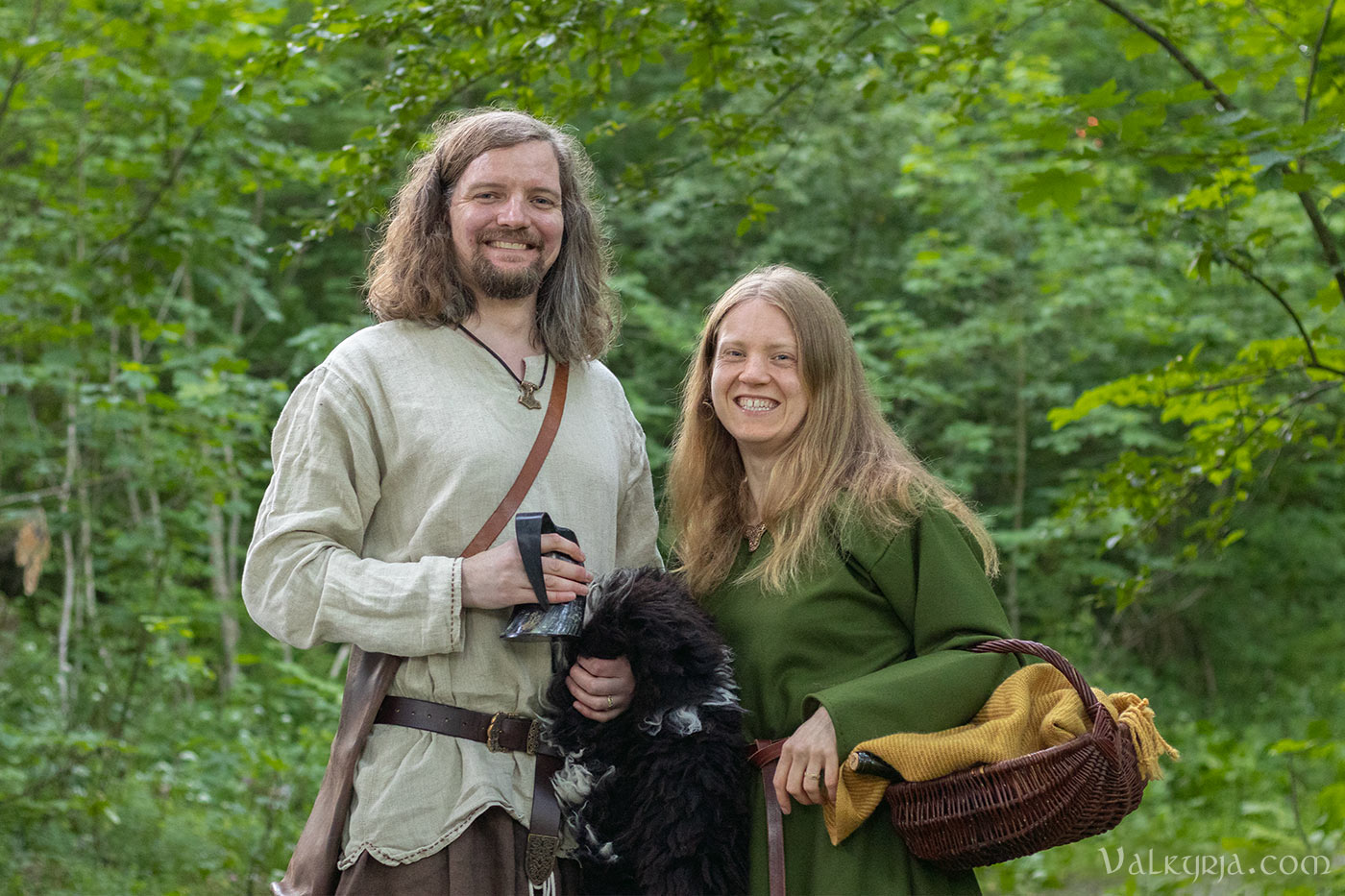
Right as we finished setting up camp, Bettina came along with a welcome drink. 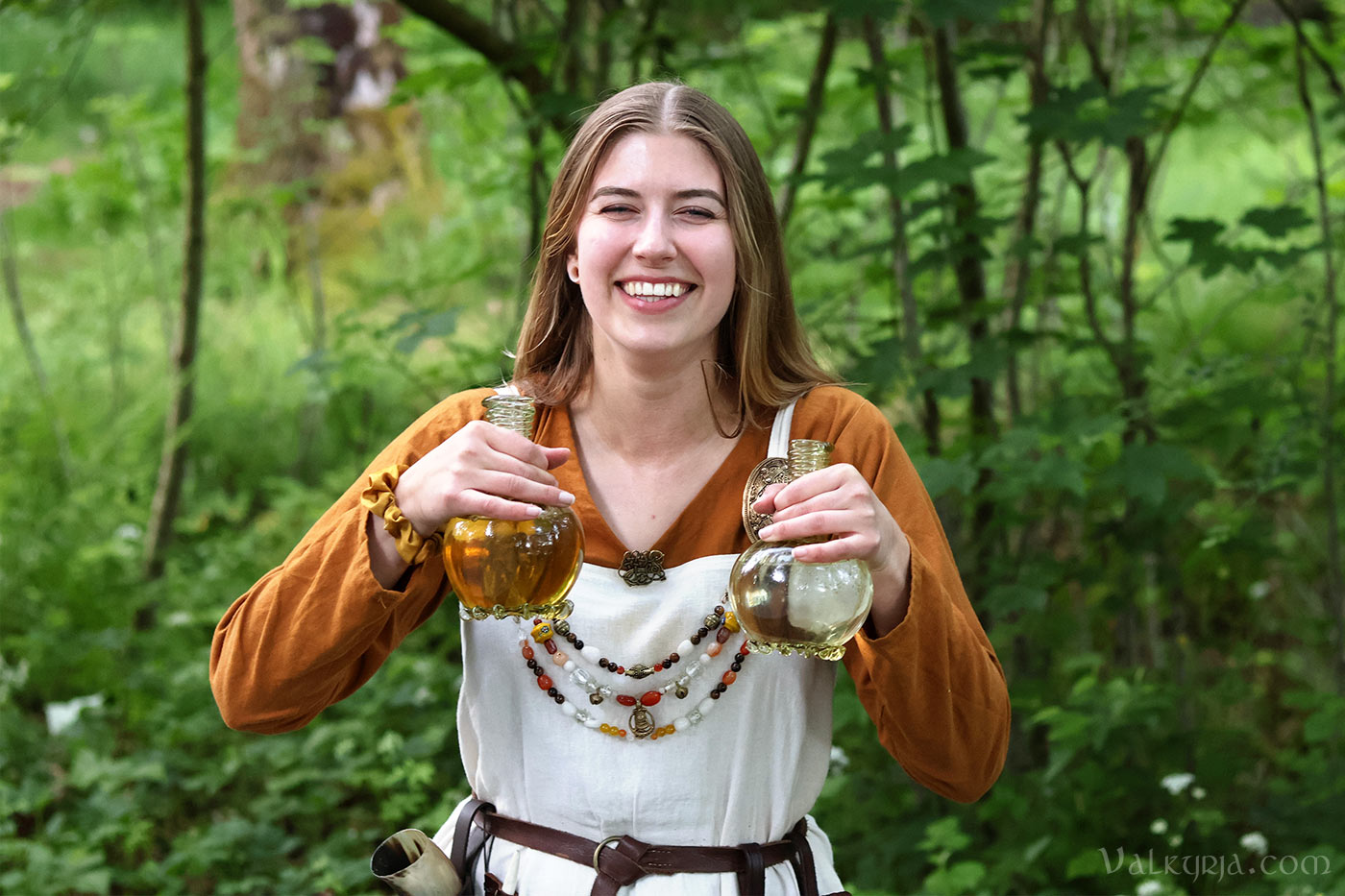
Mead, cider, or both? 
I made a new brown linen underdress for the occasion, and added blue straps to my apron dress to match. 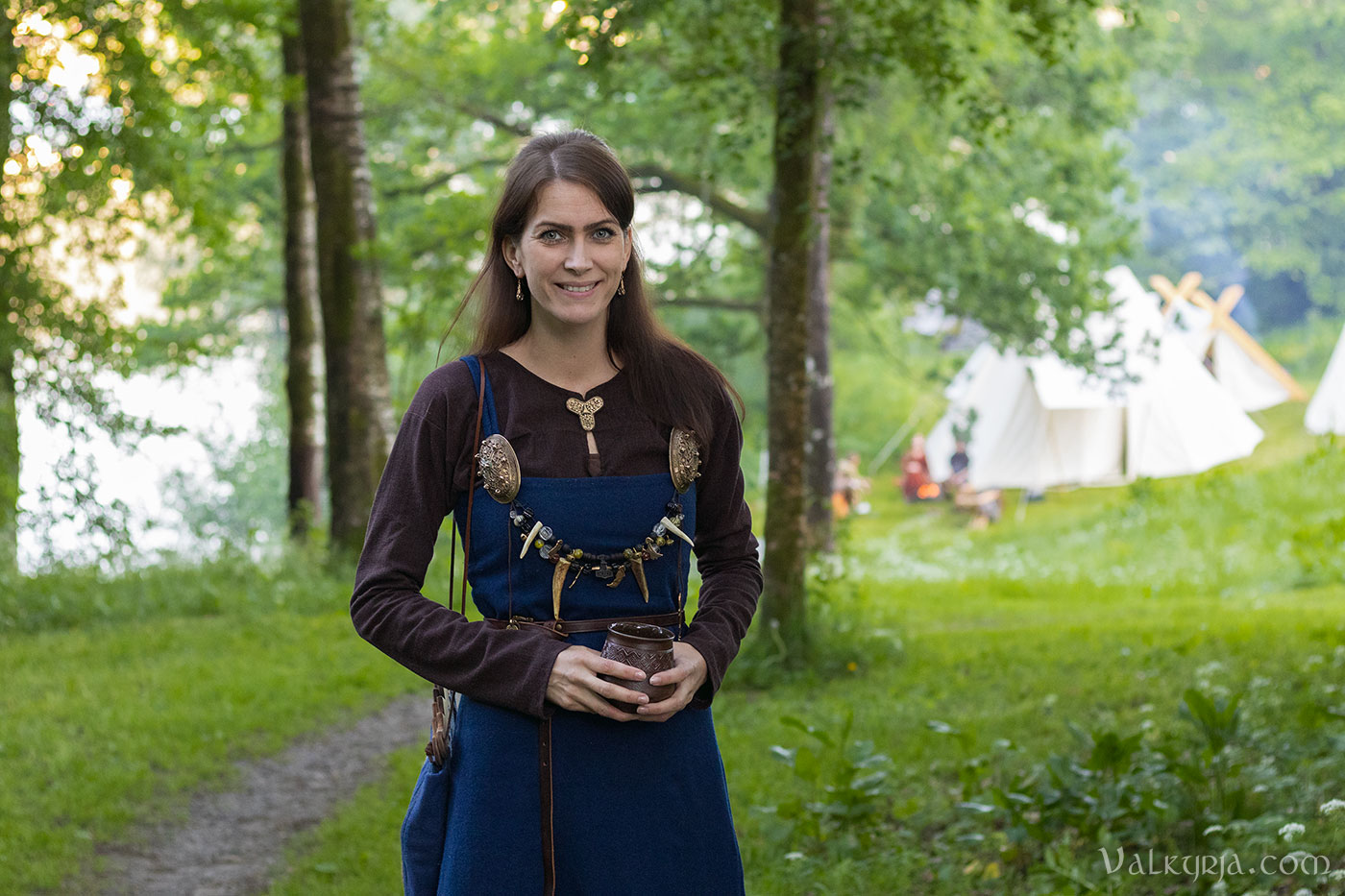
...and Lars Christian mended my turnshoes! Can't tell you how practical it is to have a shoemaker in our group, the poor man cannot stand to ignore a pair of holey boots (well at least not when I modestly point it out and then just happen to leave them outside the tent). 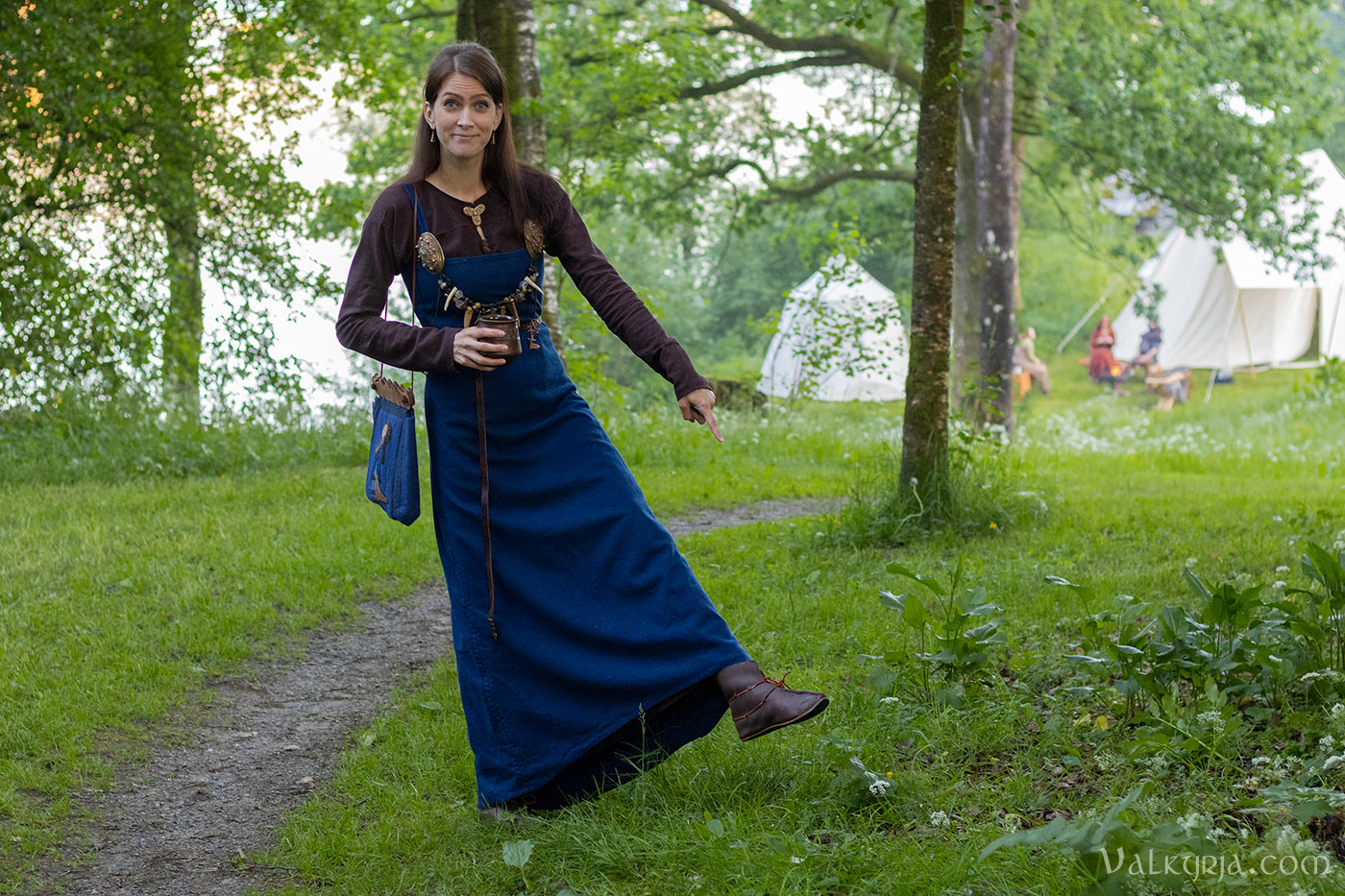
Our whole Folkvangr-group was there ♥ Two of four houses featured below! We spent the evenings together around a large fire with more friends. Saturday evening, we put out longtables by the communal fireplaces for everyone to join, though I entirely forgot to take photos. I must be a bit out of practice 🤭 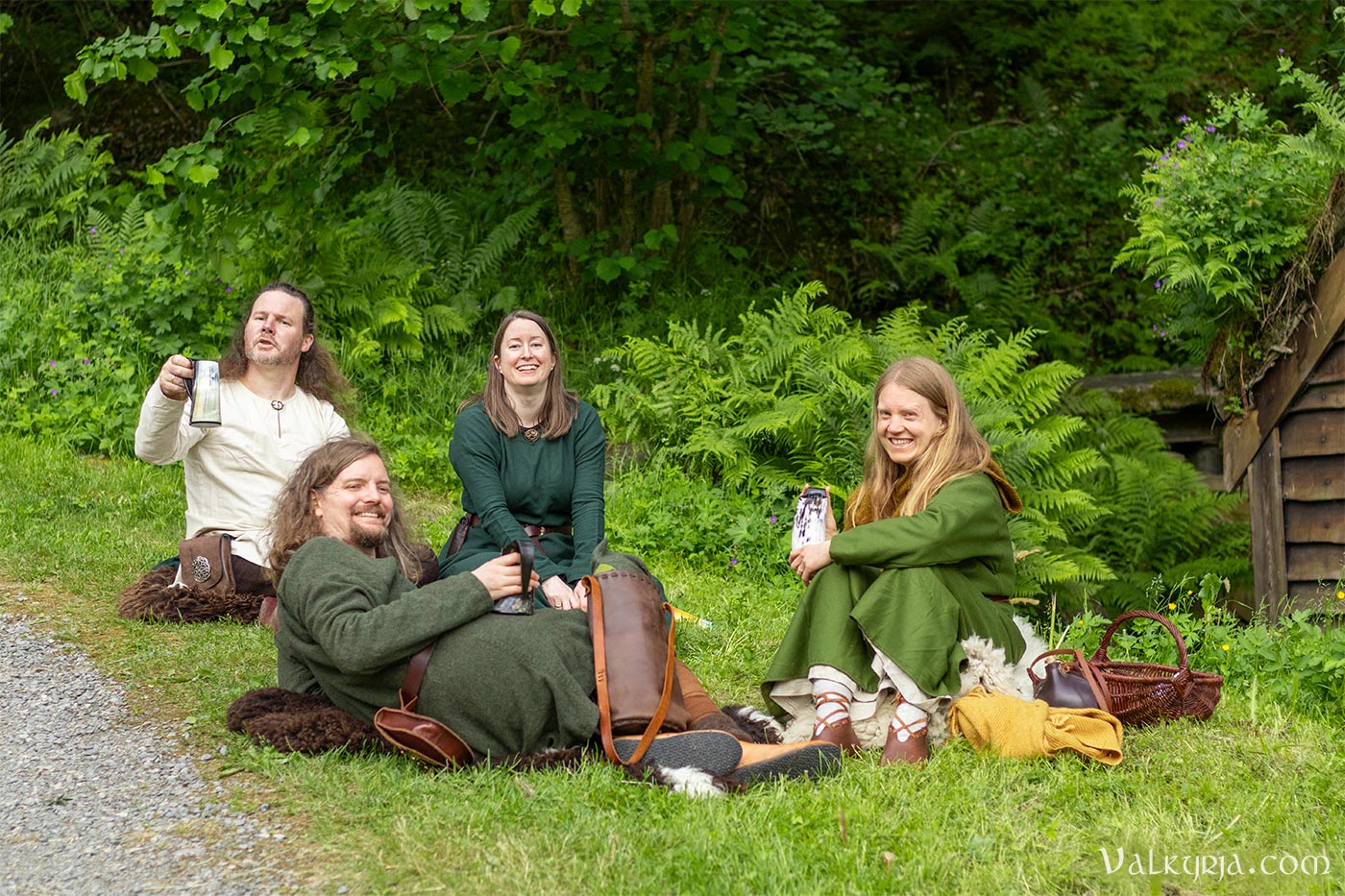
Found myself a nice spot in the grass to sit down with a cup of tea and breakfast. 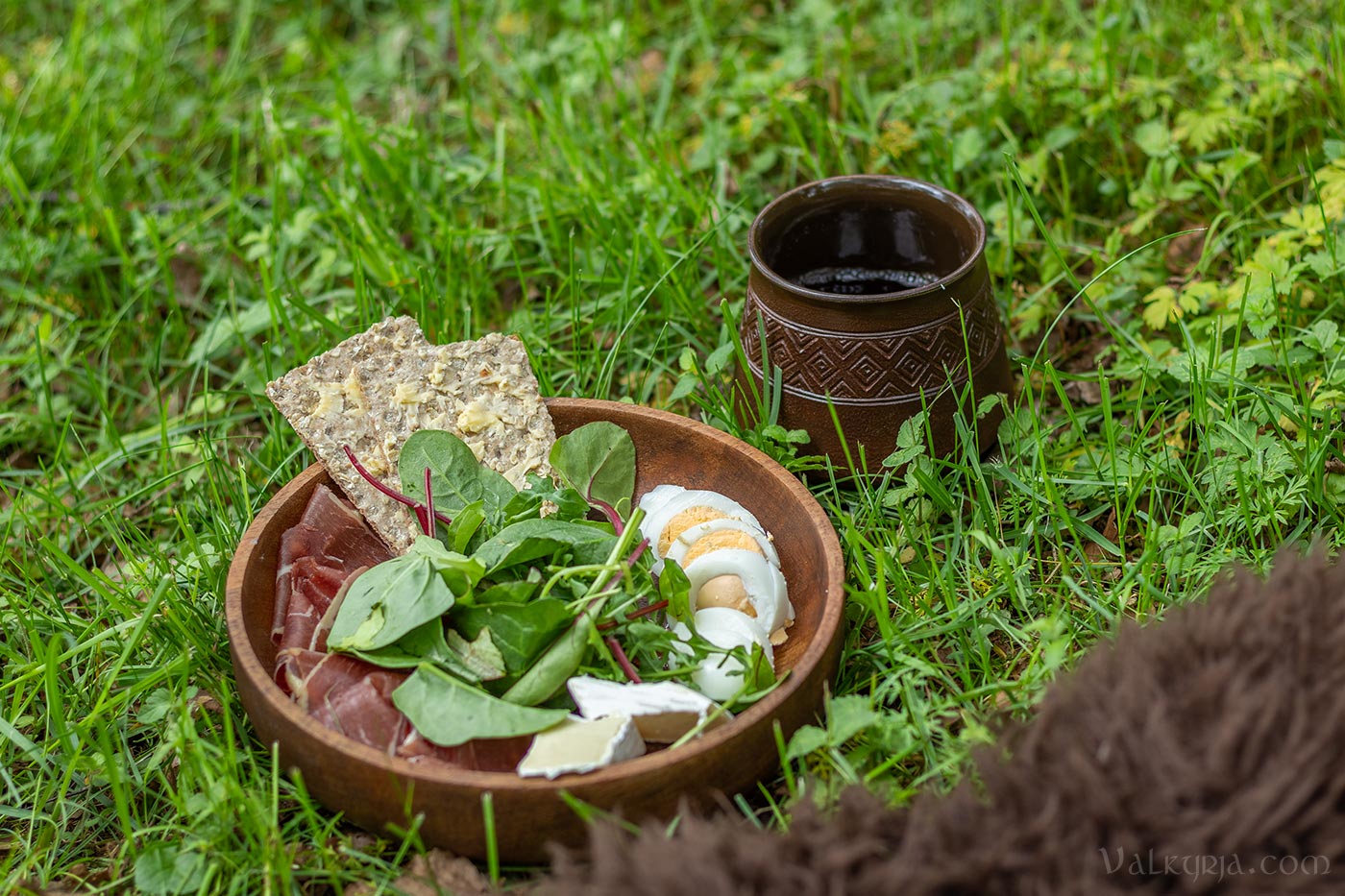
Great minds think alike! 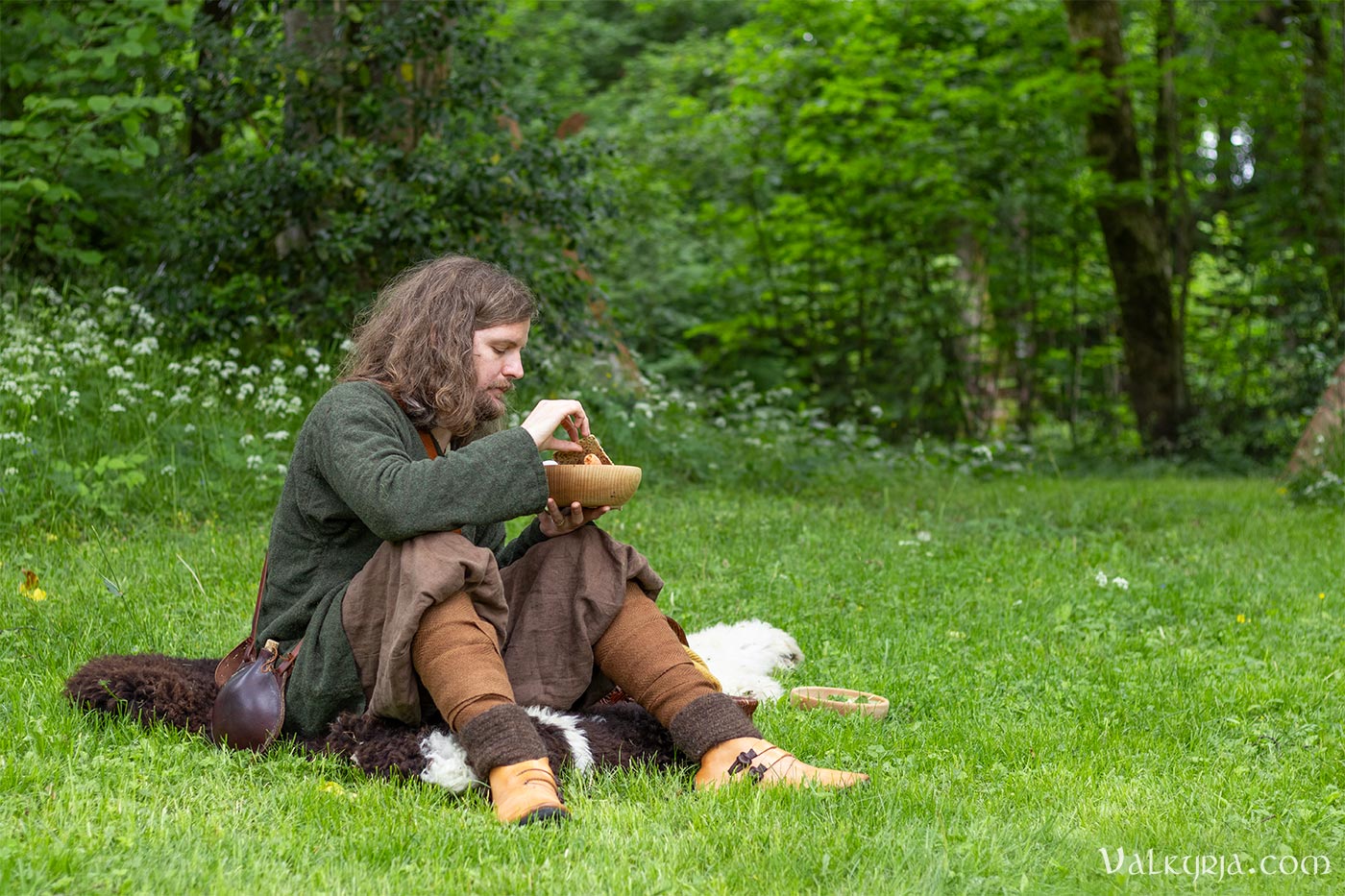
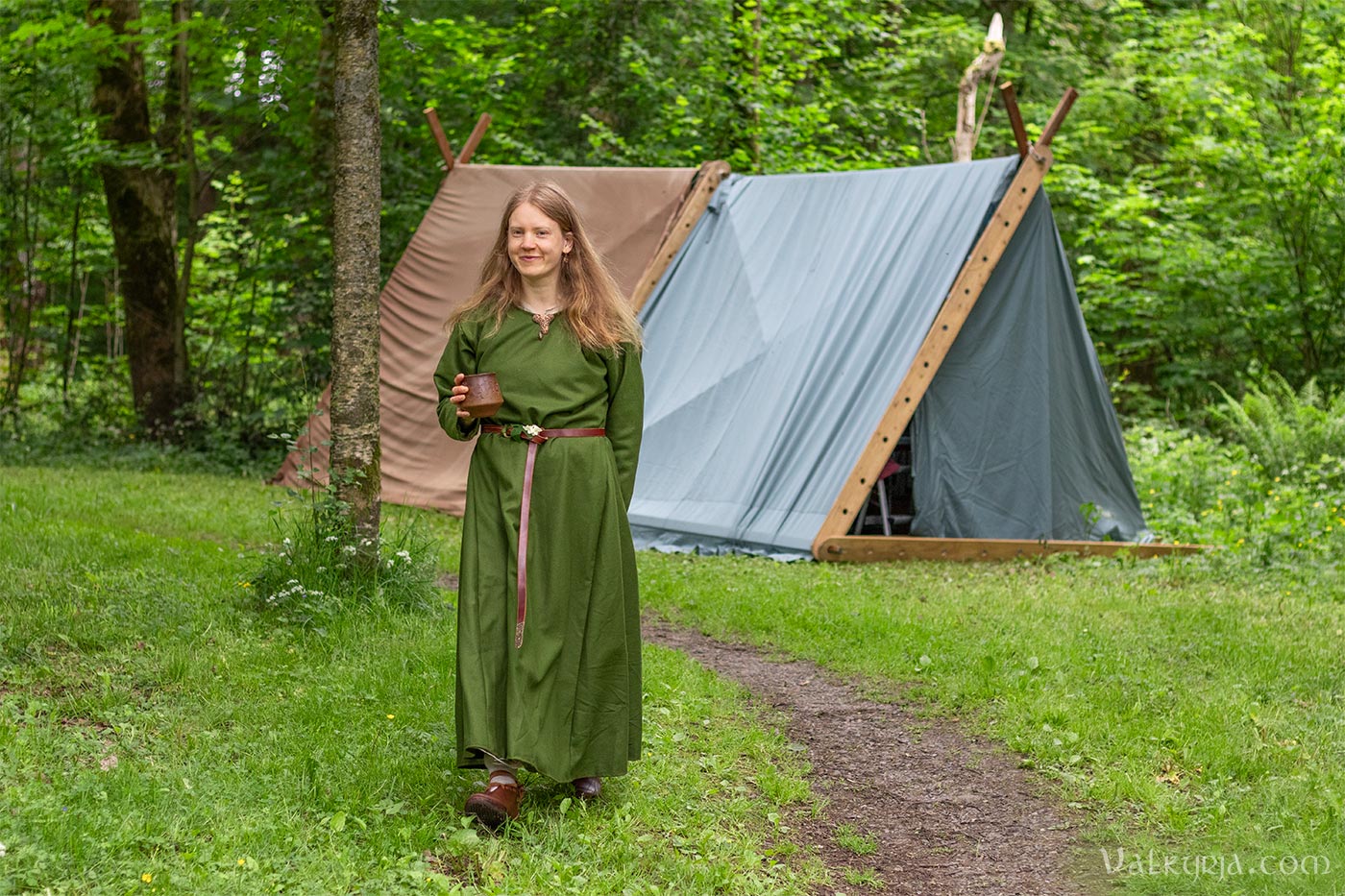
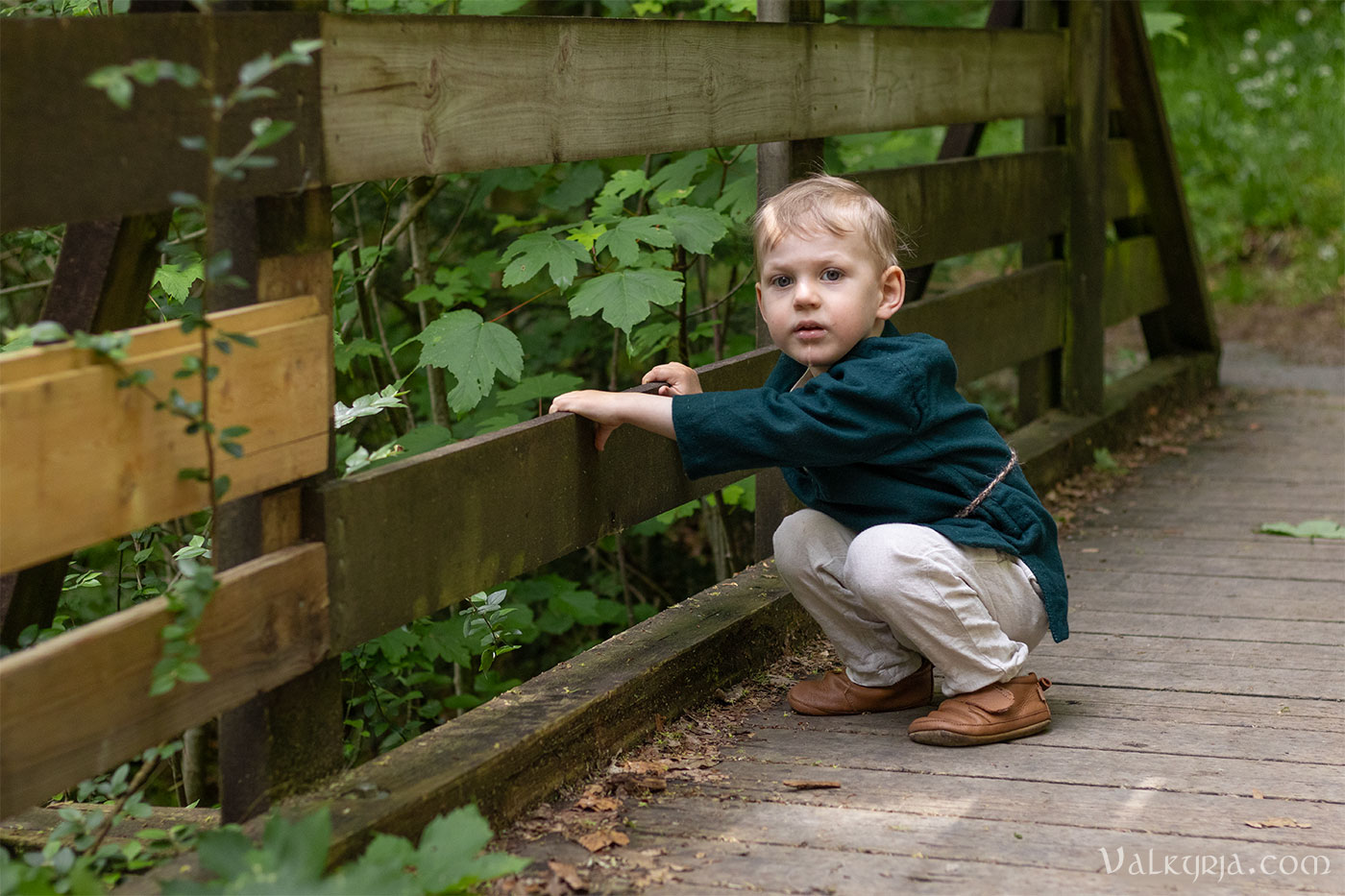
Einar getting his first lesson on historical authenticity from an older boy: "They didn't have toy cars in the Viking Age, you know"! 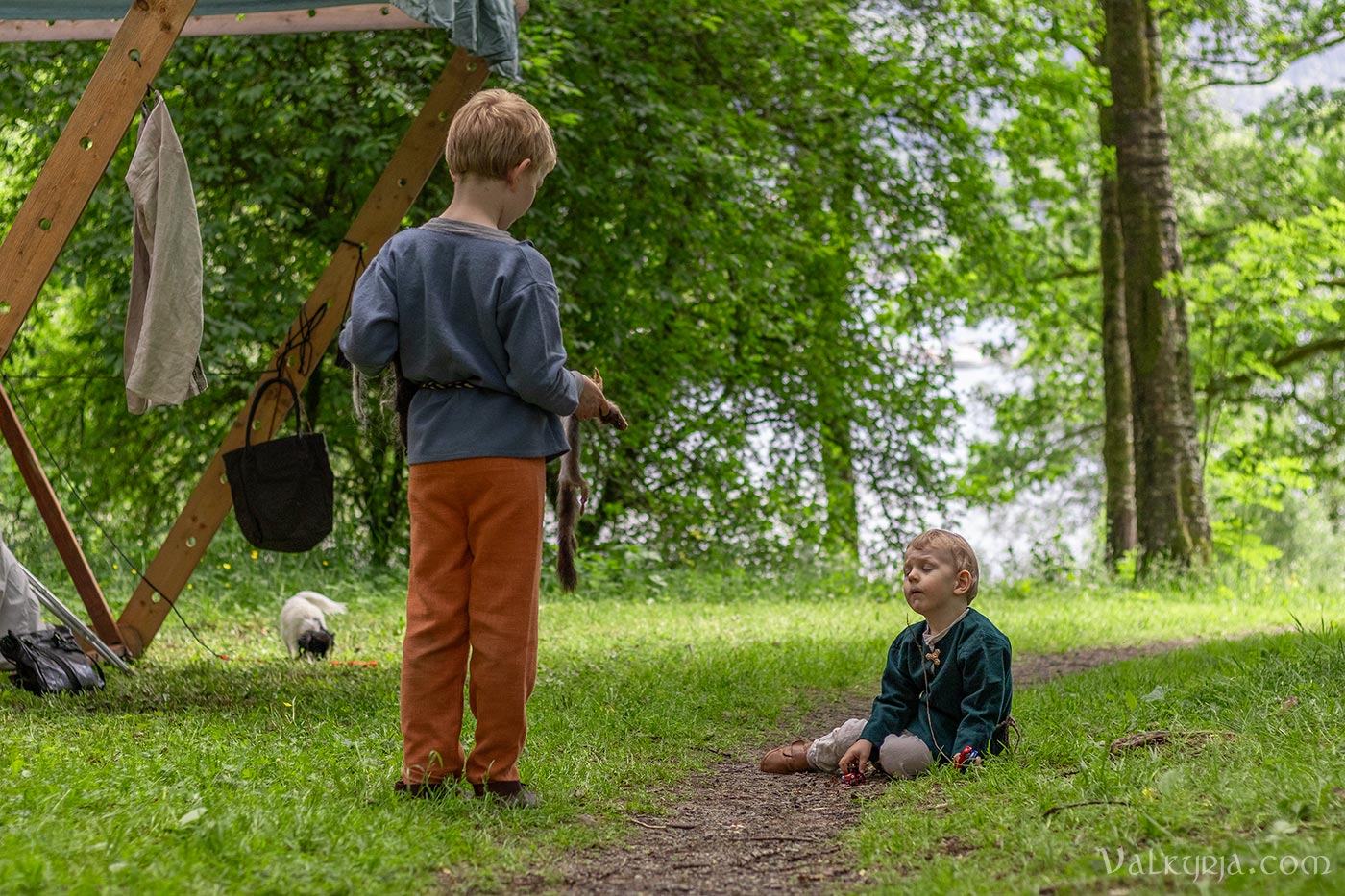
(I guess he didn't let the comment get to him 😂) 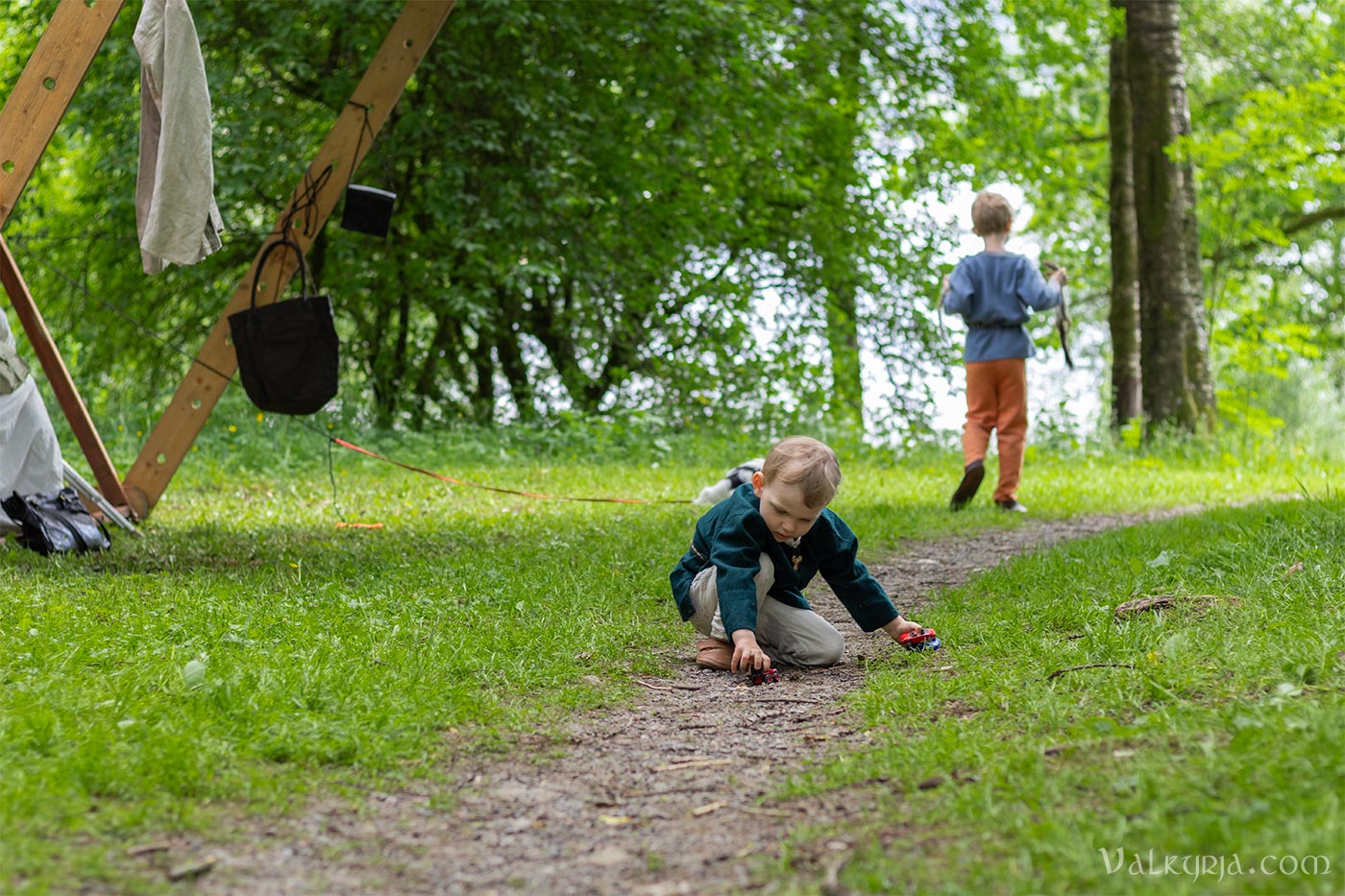
Some glimpses from the market area and a few of its lovely vendors and visitors 🧶🗡✨ 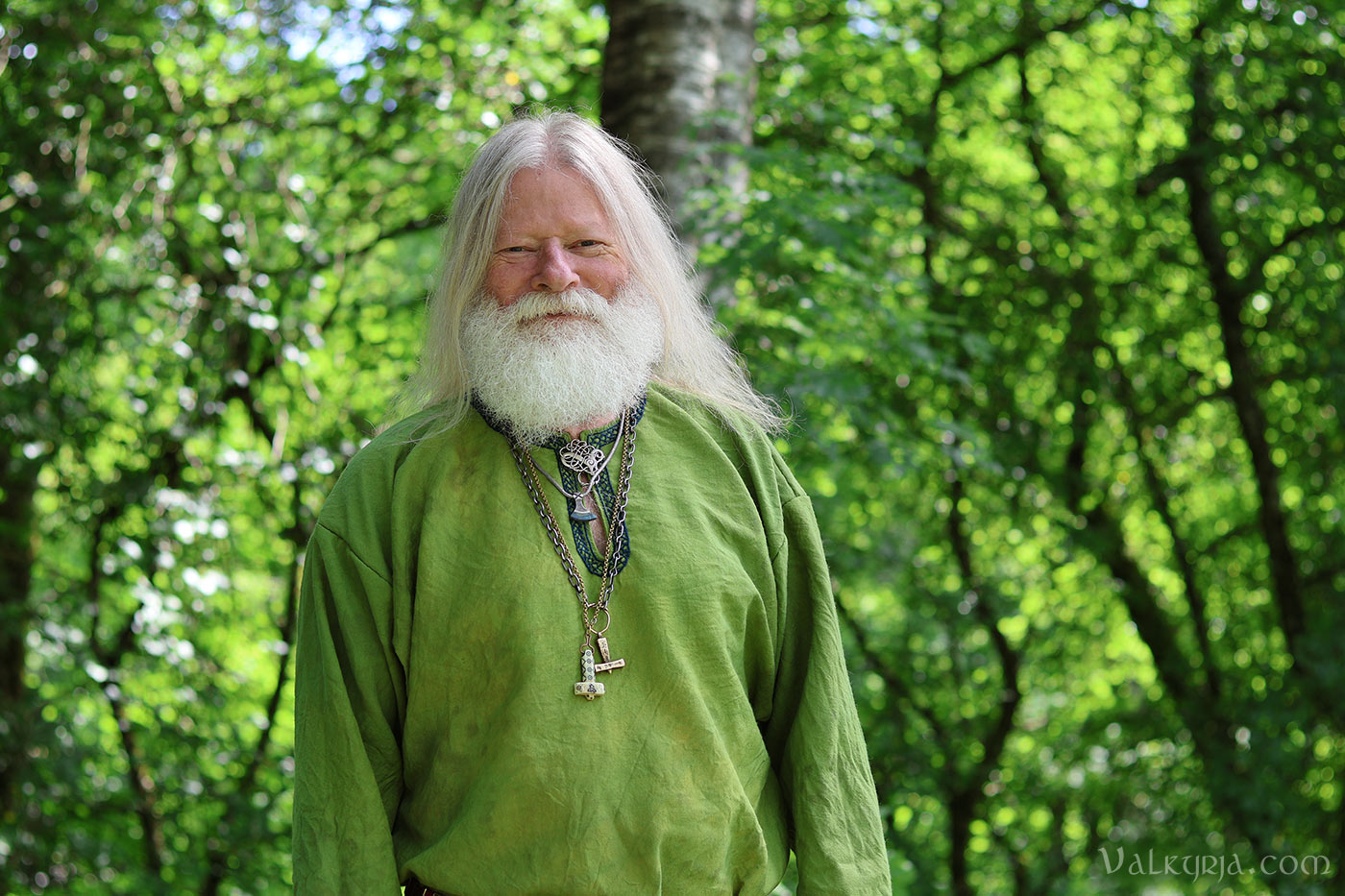
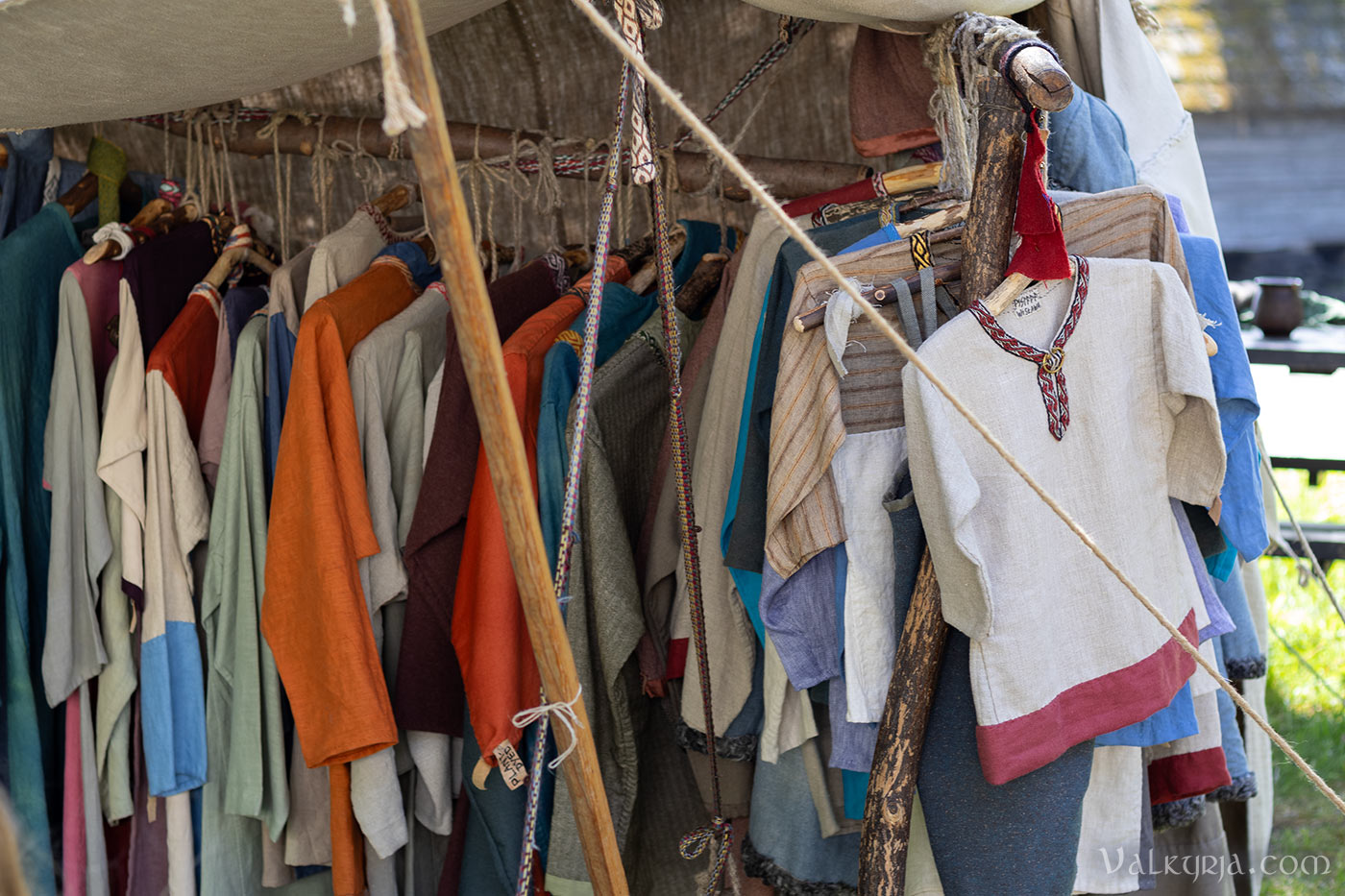
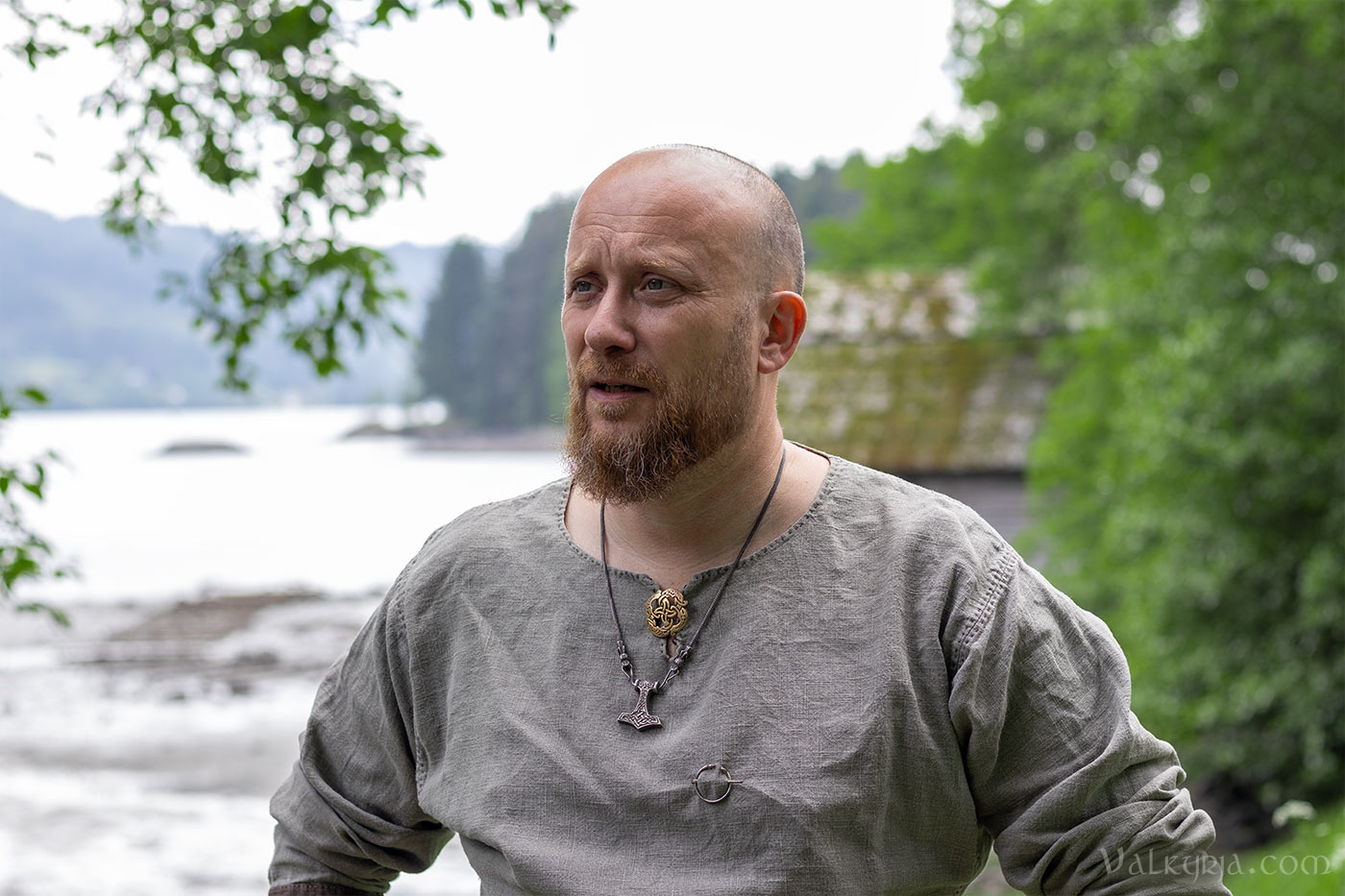
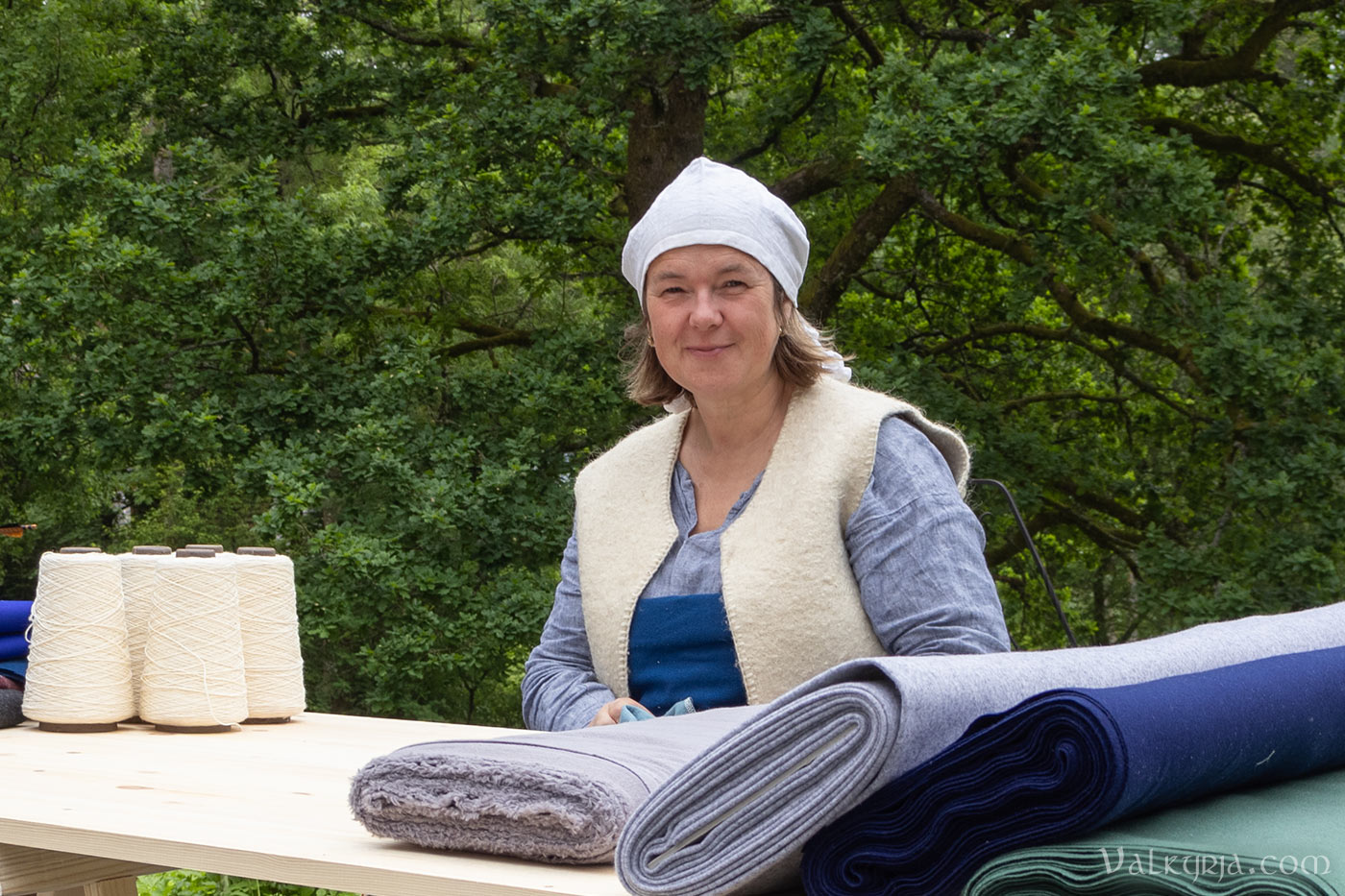
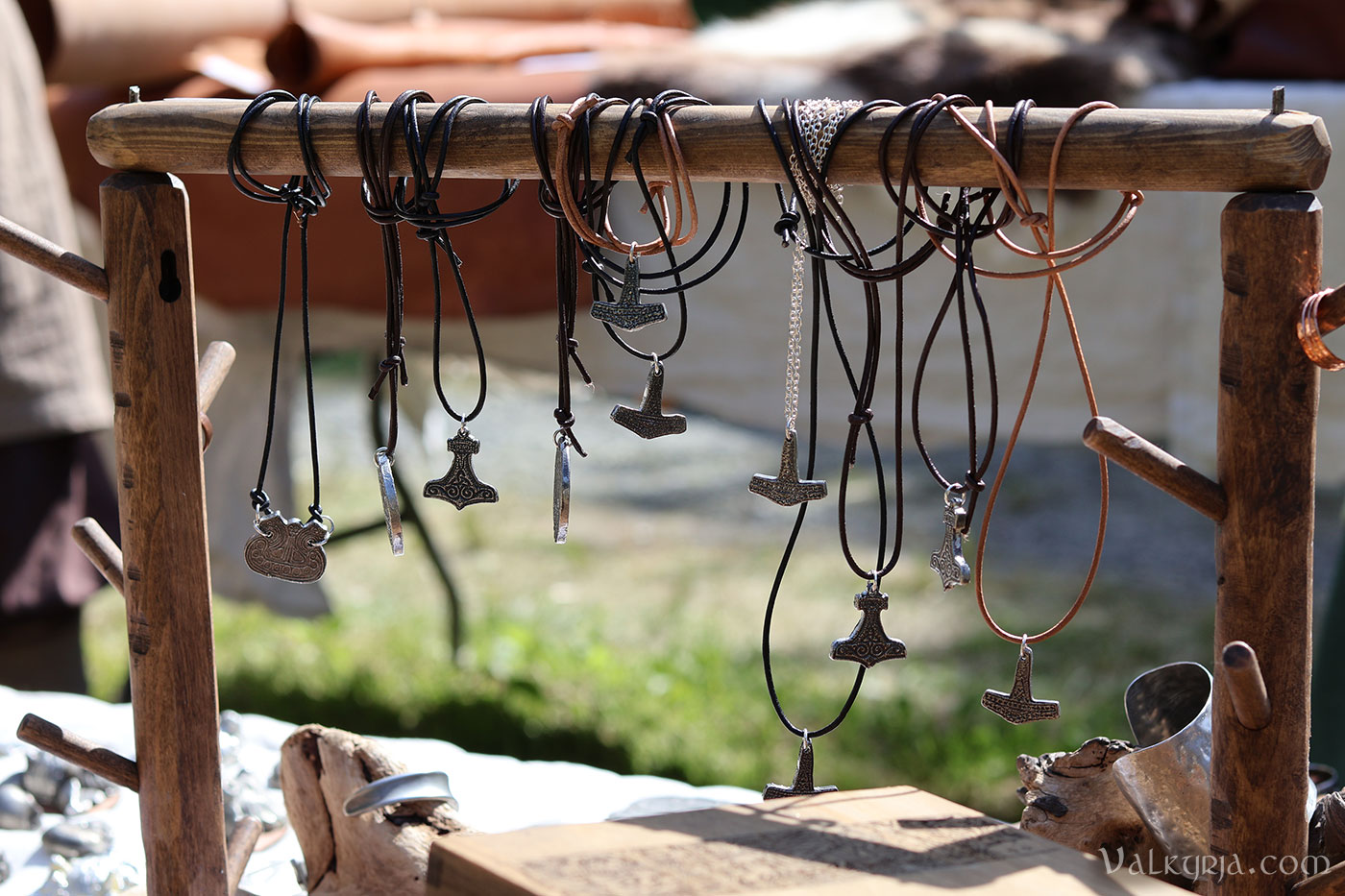
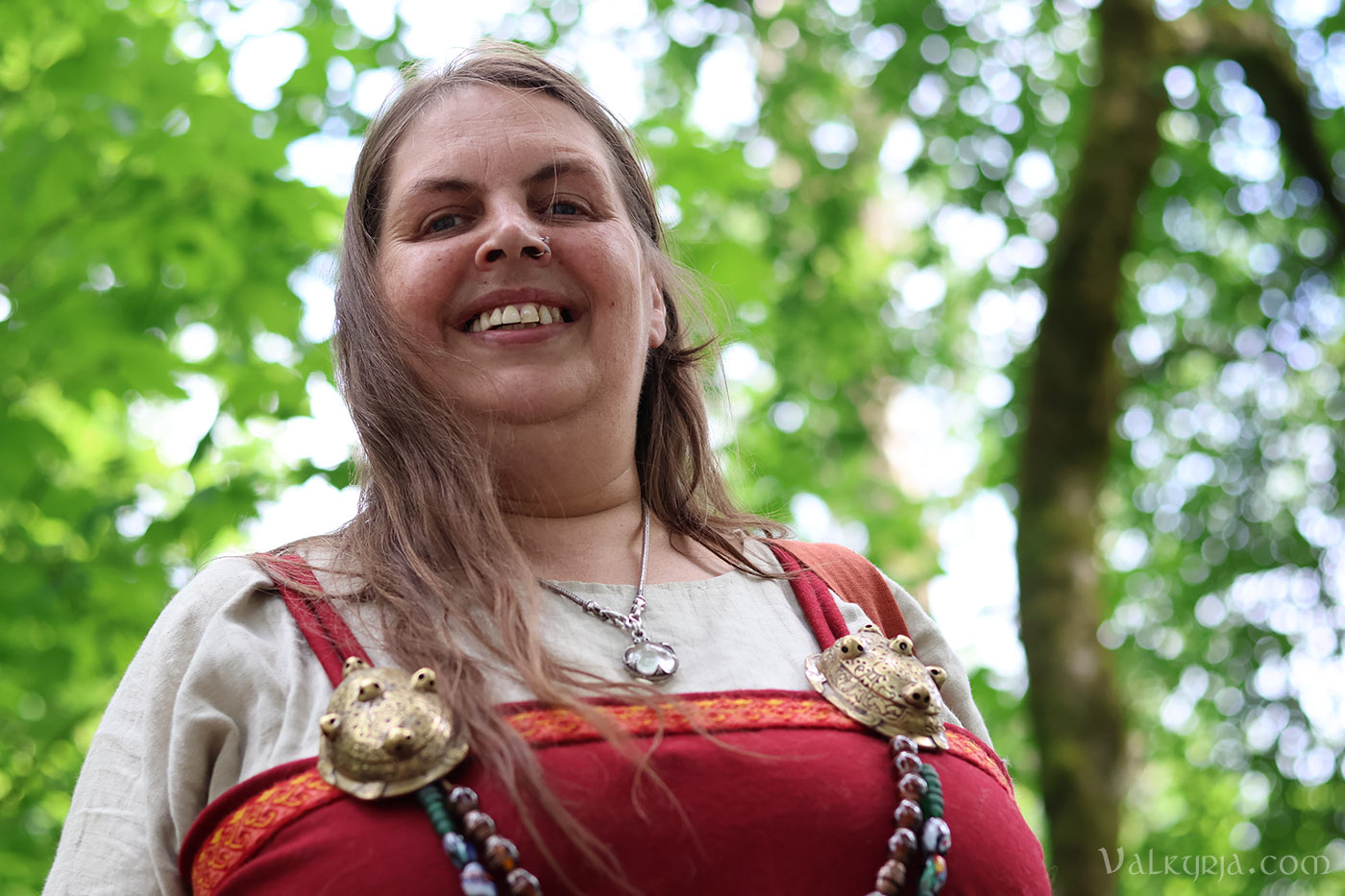
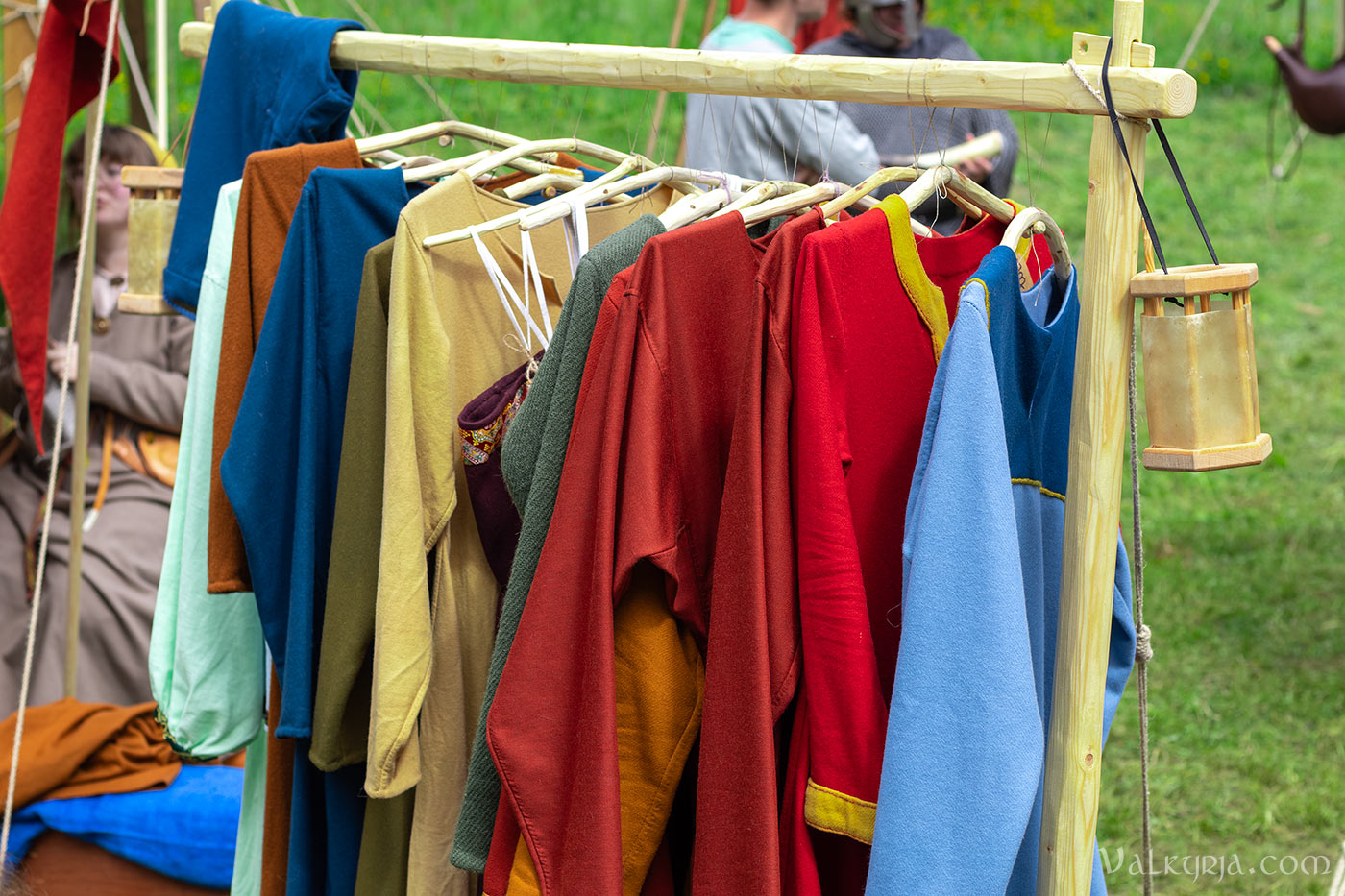

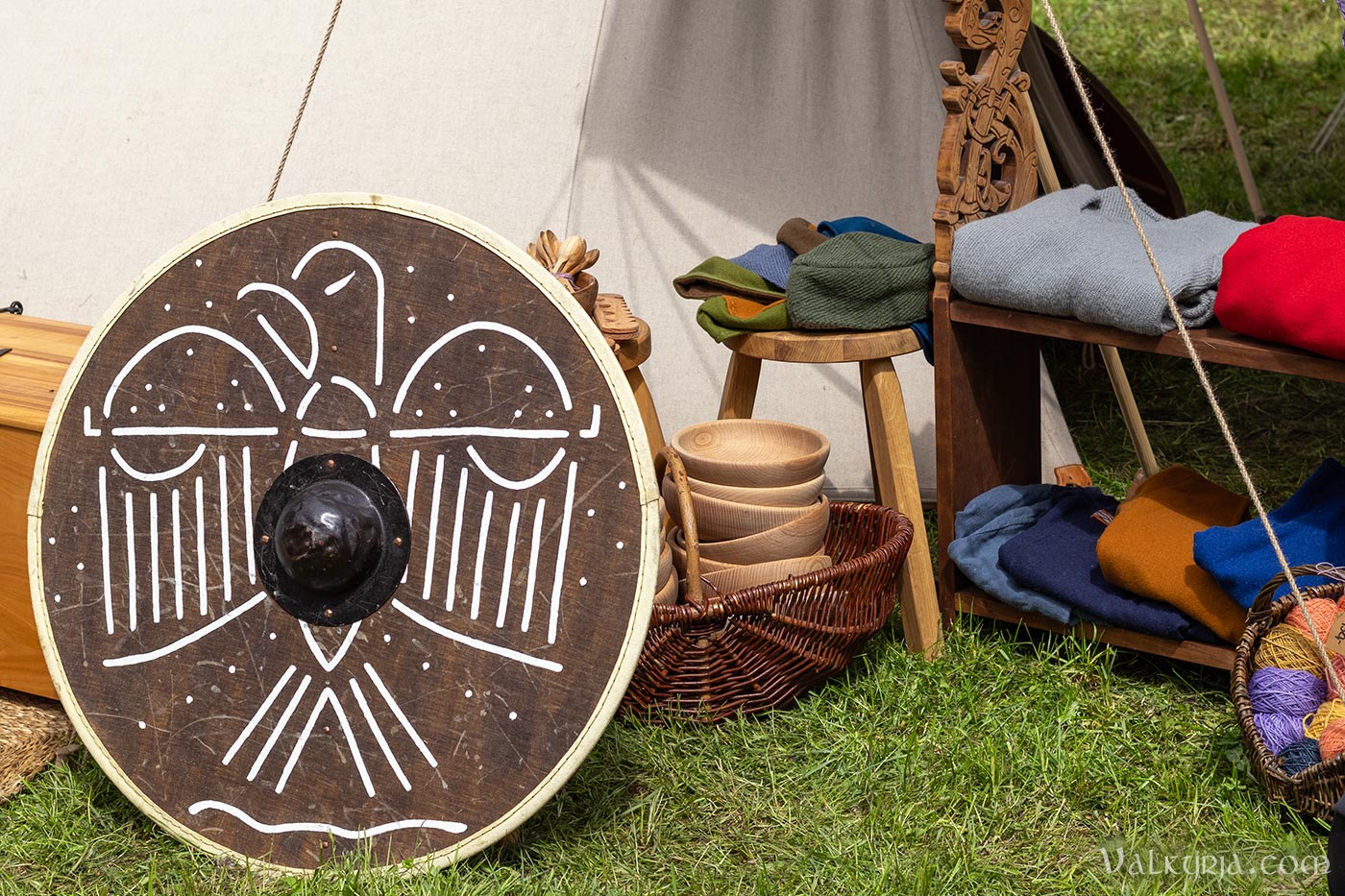
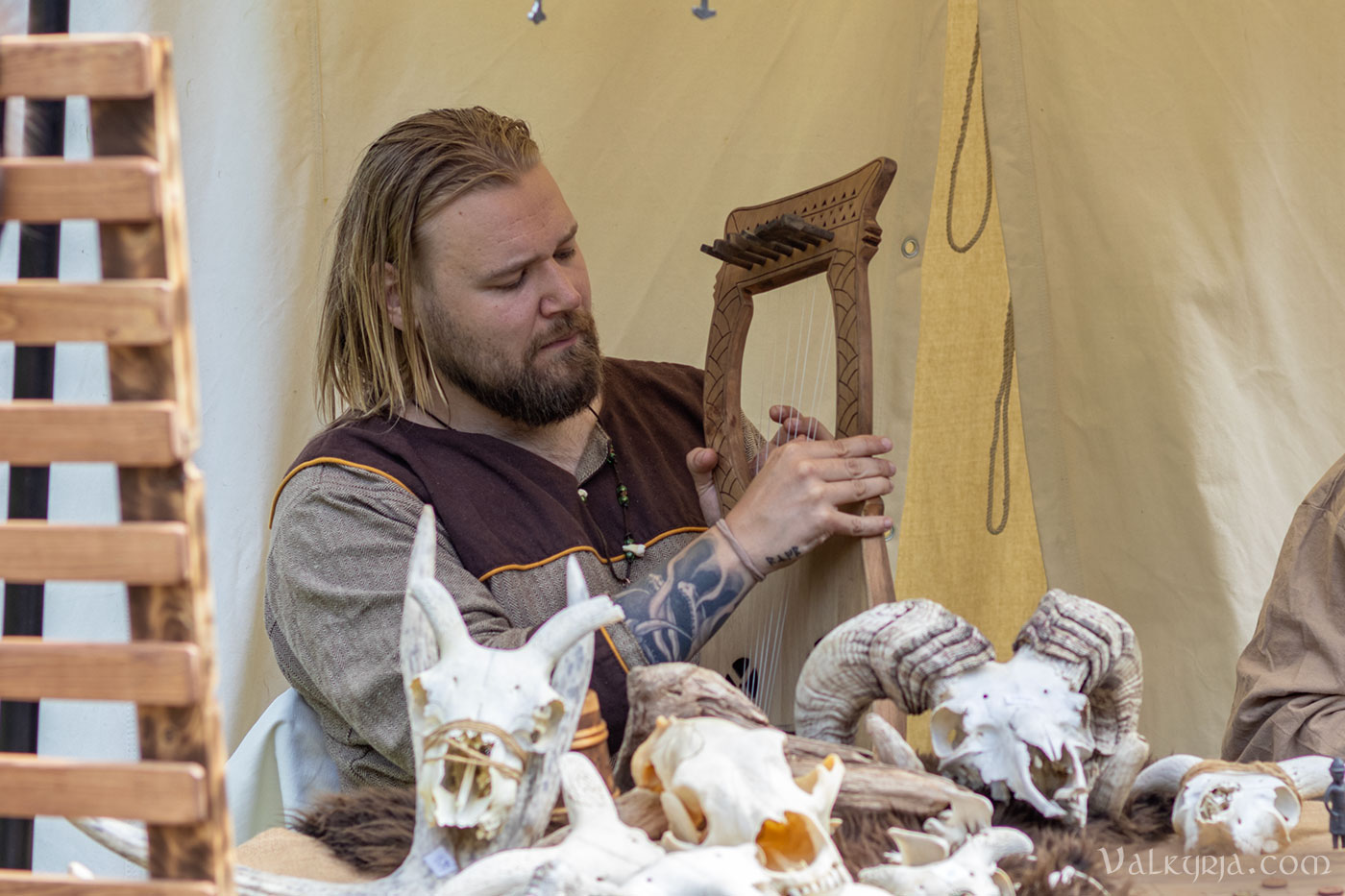
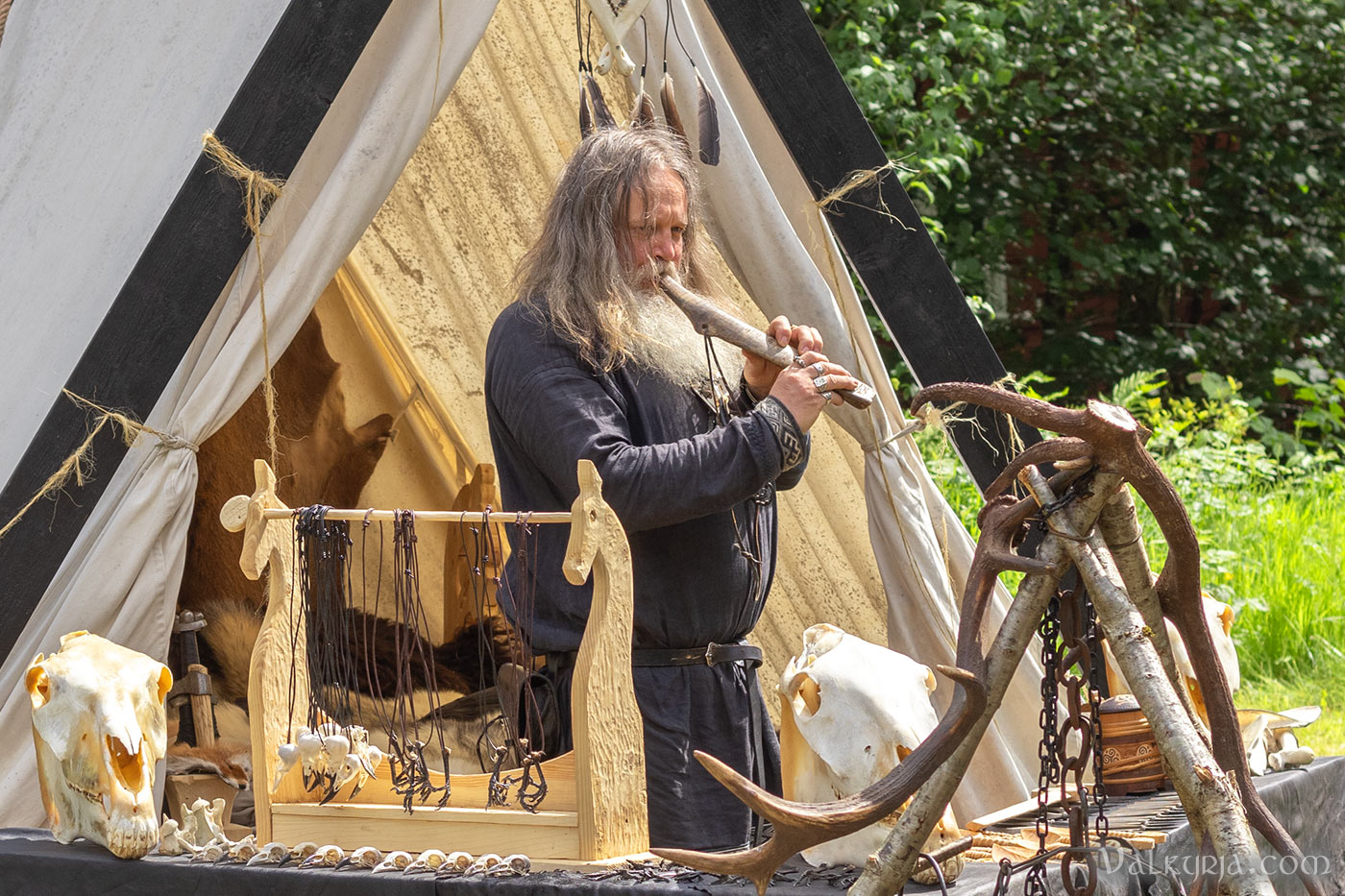
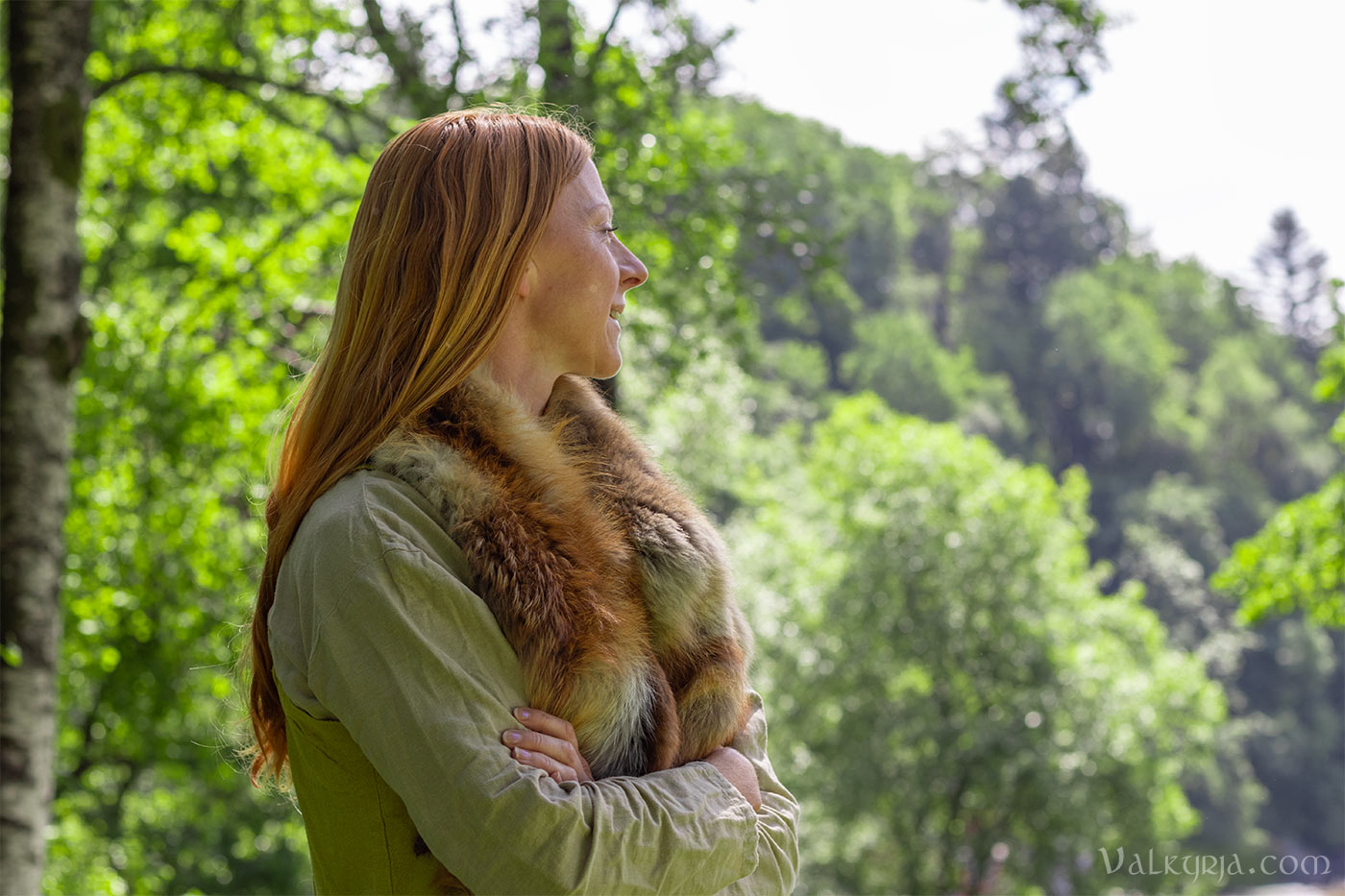
We spent large parts of the day by the sea, where Einar got his clothes thoroughly wet while looking for tiny crabs and skipping rocks with his dad. 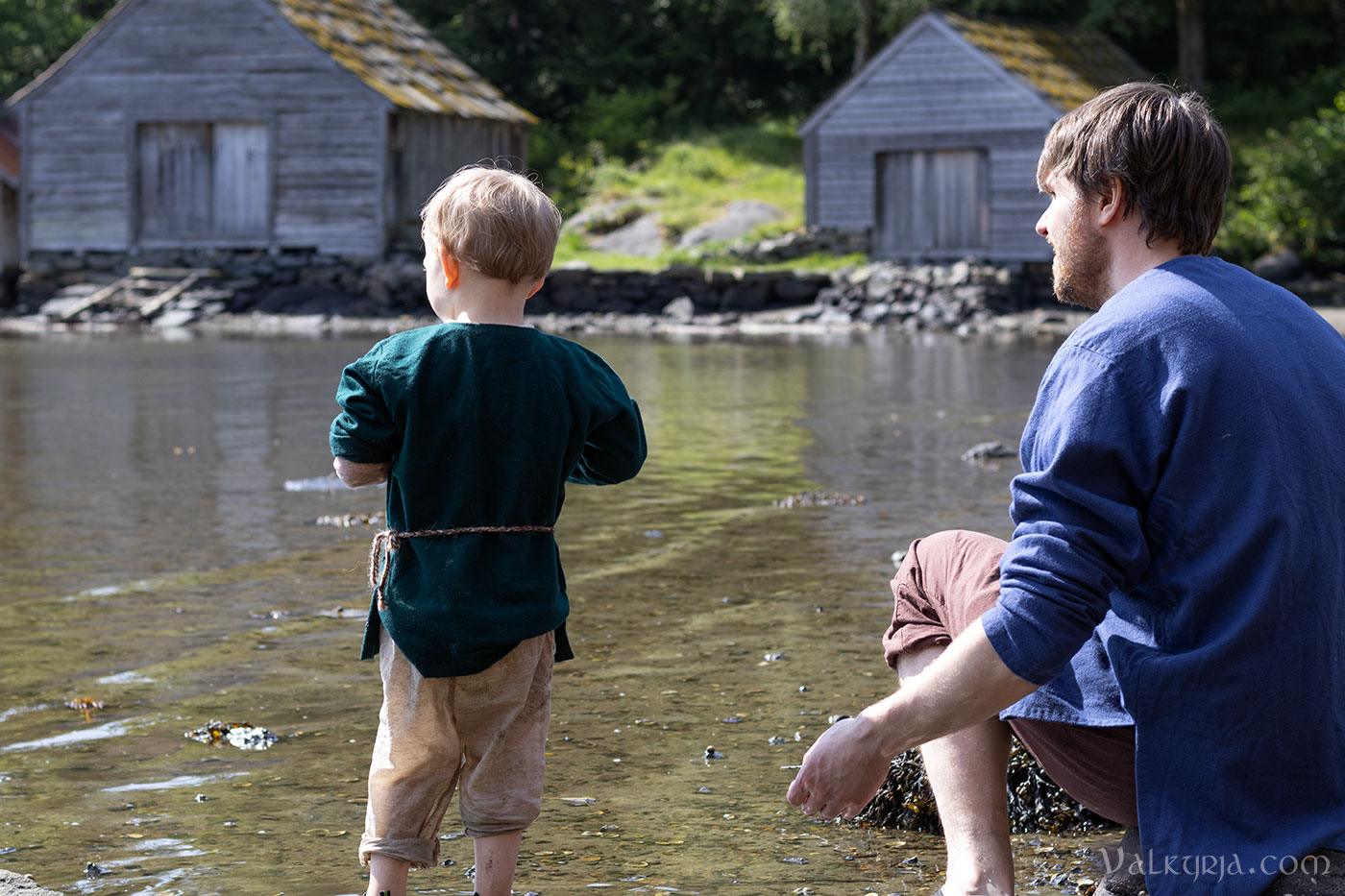
Oh, to enjoy a toddlers' pure wonder by the great impressiveness of a rock hitting the water... SPLASH! 💦 
My niece (and Einars' favorite playbuddy) came Sunday and spent the day with us. She borrowed a tunic from Christian and my belt, and fit right in 🌿 
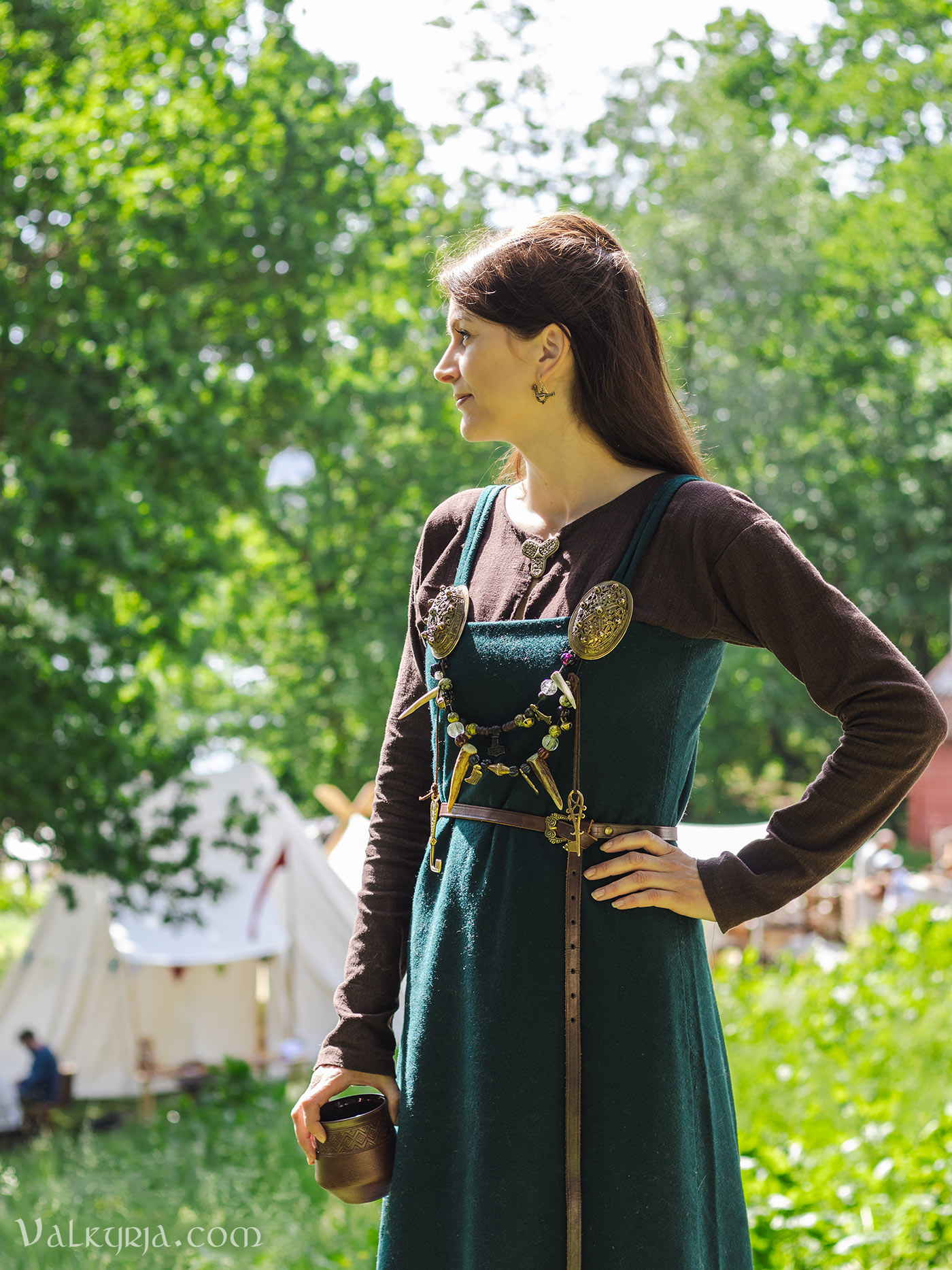
Thank you once again to all the organizers who made another magical Bjørgvin market weekend happen, and to all our friends for the wonderful company! We already look forward to next time ✨ Music: Fiddlewold - Bustle and Brew # Comments
I'm currently curled up under a blanket browsing through the nearly 300 photos captured at the Bjørgvin historical market in the past three days, thinking about how lucky we are to have this place and community in our lives ♥ I'll be sharing more here soon! The time spent on image editing will be minimal now, as I'm very happy with the quality of my new camera. ^^ For example, this photo that Christian took of me is completely unedited (except for the image size and watermark, of course) and was simply taken with the auto-mode and a portrait lense. 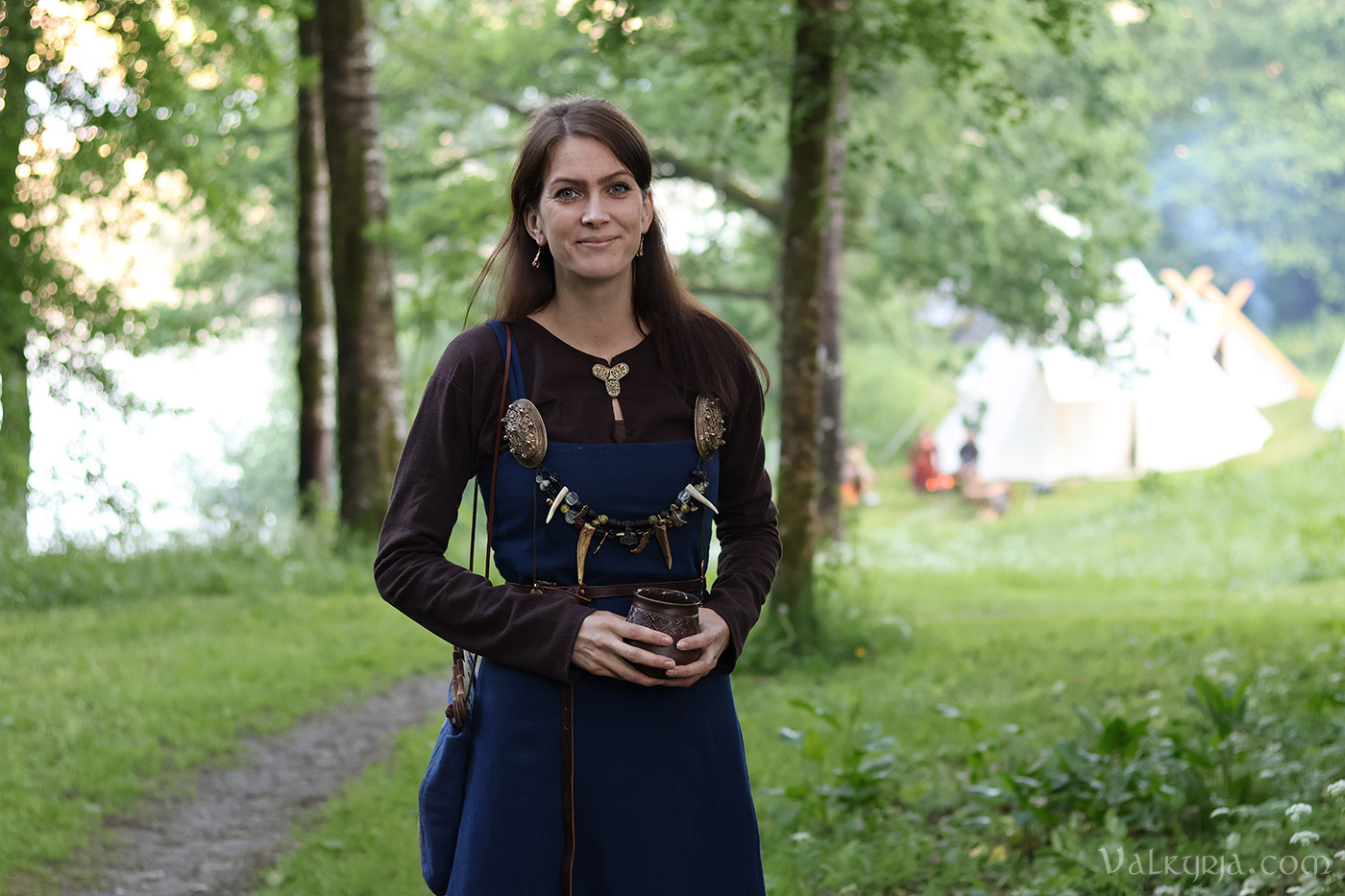
Thanks to my wonderful mother who picked up our little one so that we could get everything done (and had even brought us homecooked dinner when we got home) we are now all but unpacked and extremely ready for bed. Late nights by the fire, combined with running around after a highly excited toodler during the daytime—in a place with fires and dogs and weapons galore!—takes its toll. 😄🥱 See you in a few days! # Comments
I cannot begin to describe how much I’m looking forward to the upcoming weekend. 🍃 It will be the first historical market of the year for us, and a welcome break in lovely green surroundings on the grounds of the open-air museum close to our home. I started preparing a bit today. Freshly greased turnshoes! 👞 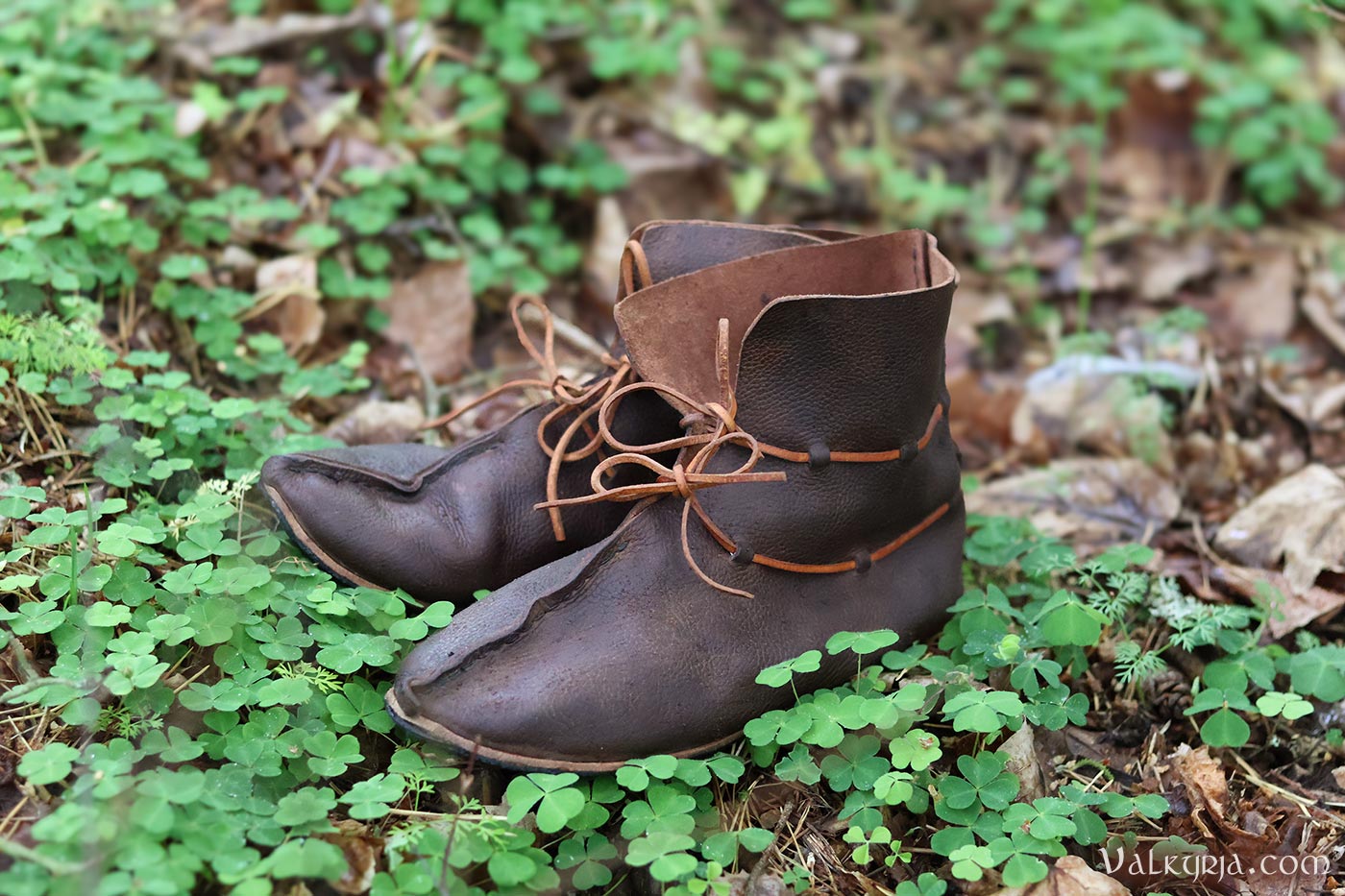
Polished jewellery ✨ 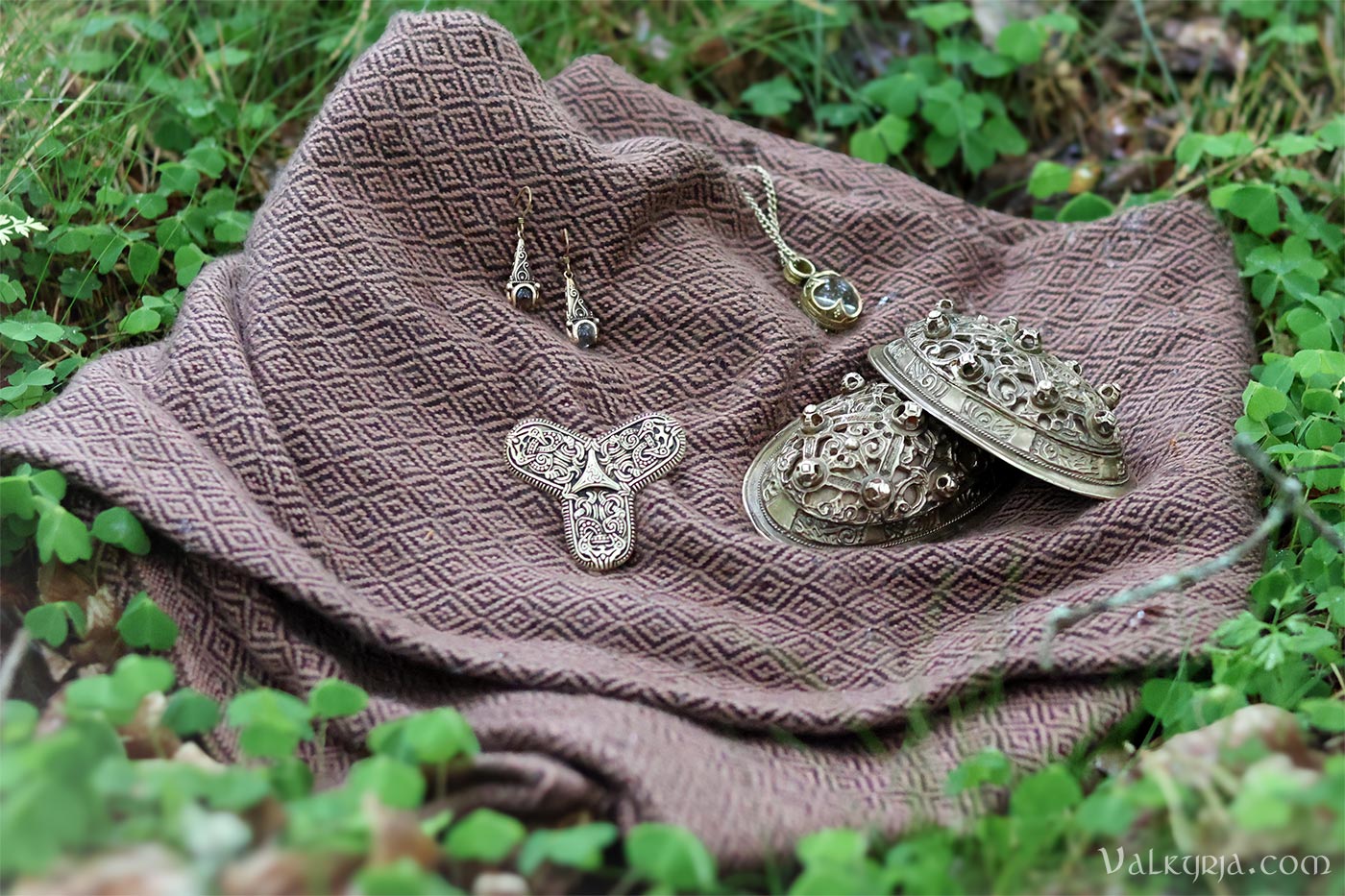
…and a certain excited Viking lady, soon to be dressed in full garb again! 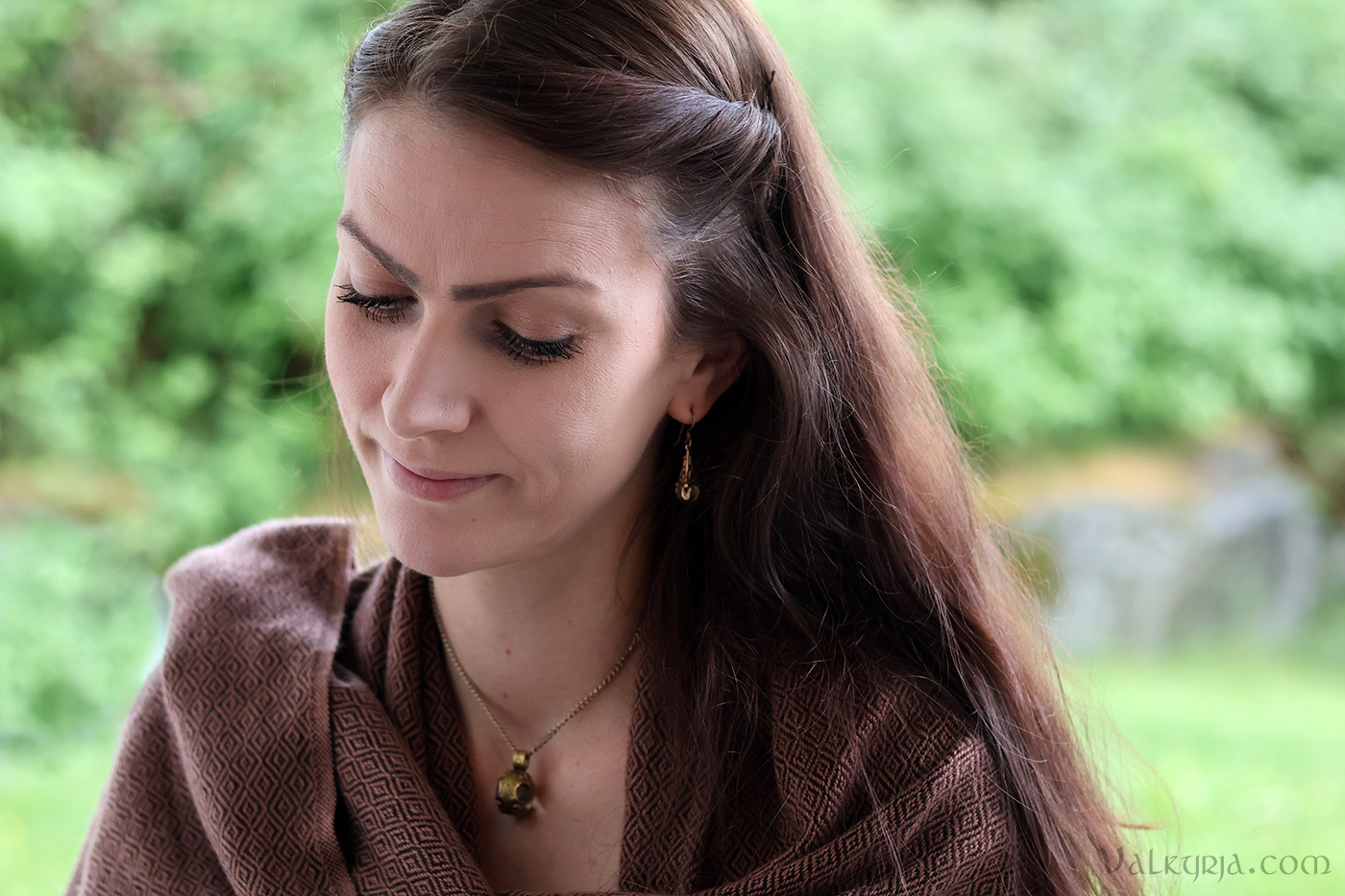
An untouched piece of linen that has been lying around for years... Will there be any last-minute panic sewing, or will I manage to restrain myself? 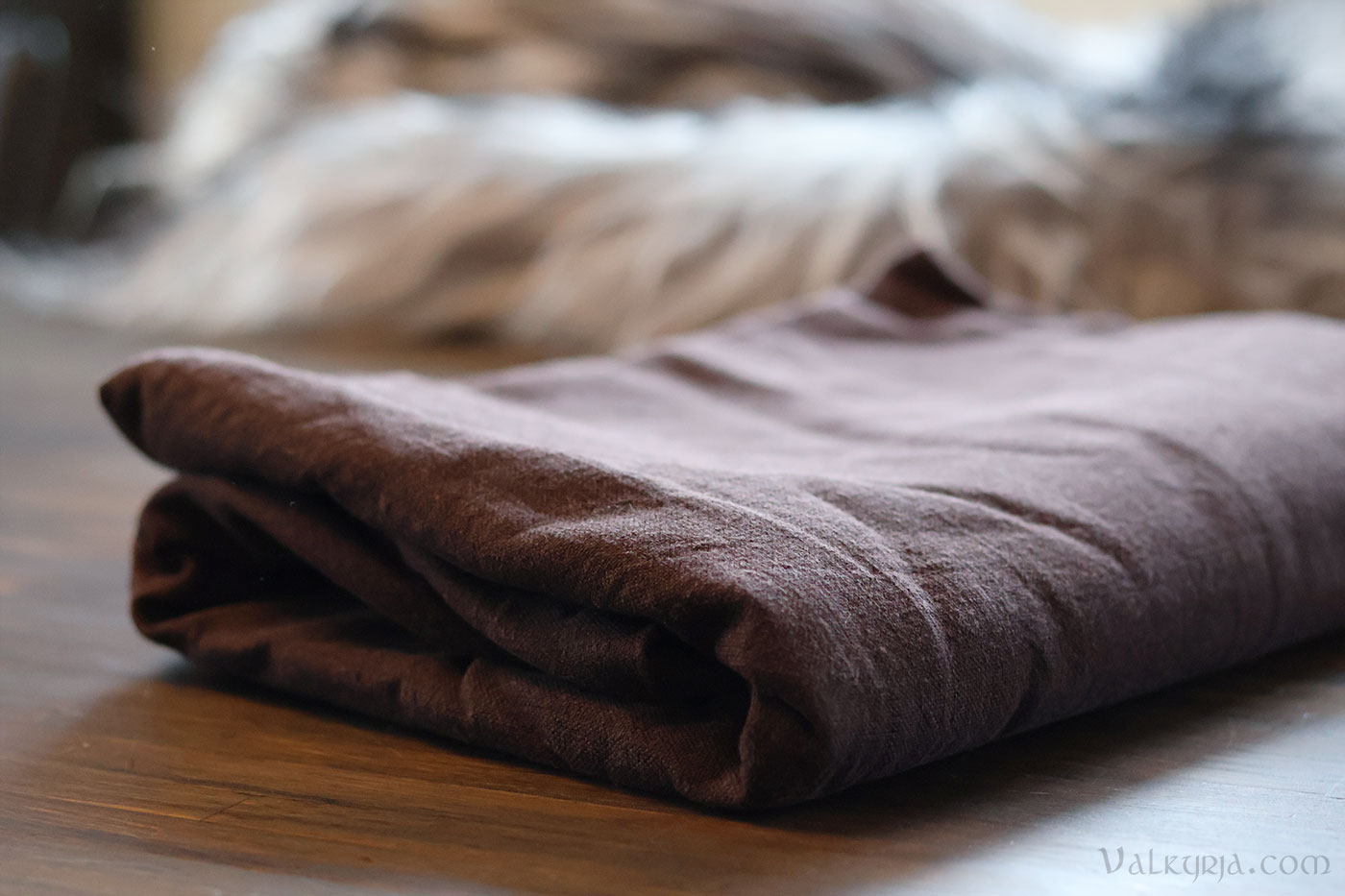
Time will show. Music: Julian Lehmann - Medieval Journey # Comments
Greetings from the cold and wintry woodlands of western Norway! It might not look much like it in these photos taken a few weeks ago, when the cover of fluffy December snow had been reduced to little patches here and there. I had even heard the first of the early spring birds starting to chirp in anticipation of warmer days to come. ♫ But the other night king winter decided to pay us another visit, and all is white again. I think that's all the more reason to publish my annual calendar of markets and events, for all Viking and Medieval Age-entusiasts with a love for living history who want to start planning the upcoming season. I'm sure I'm not the only one looking forward to gathering around the merchant's stalls and campfires once again, to share, teach, learn and enjoy our old cultural history under bright summer skies! 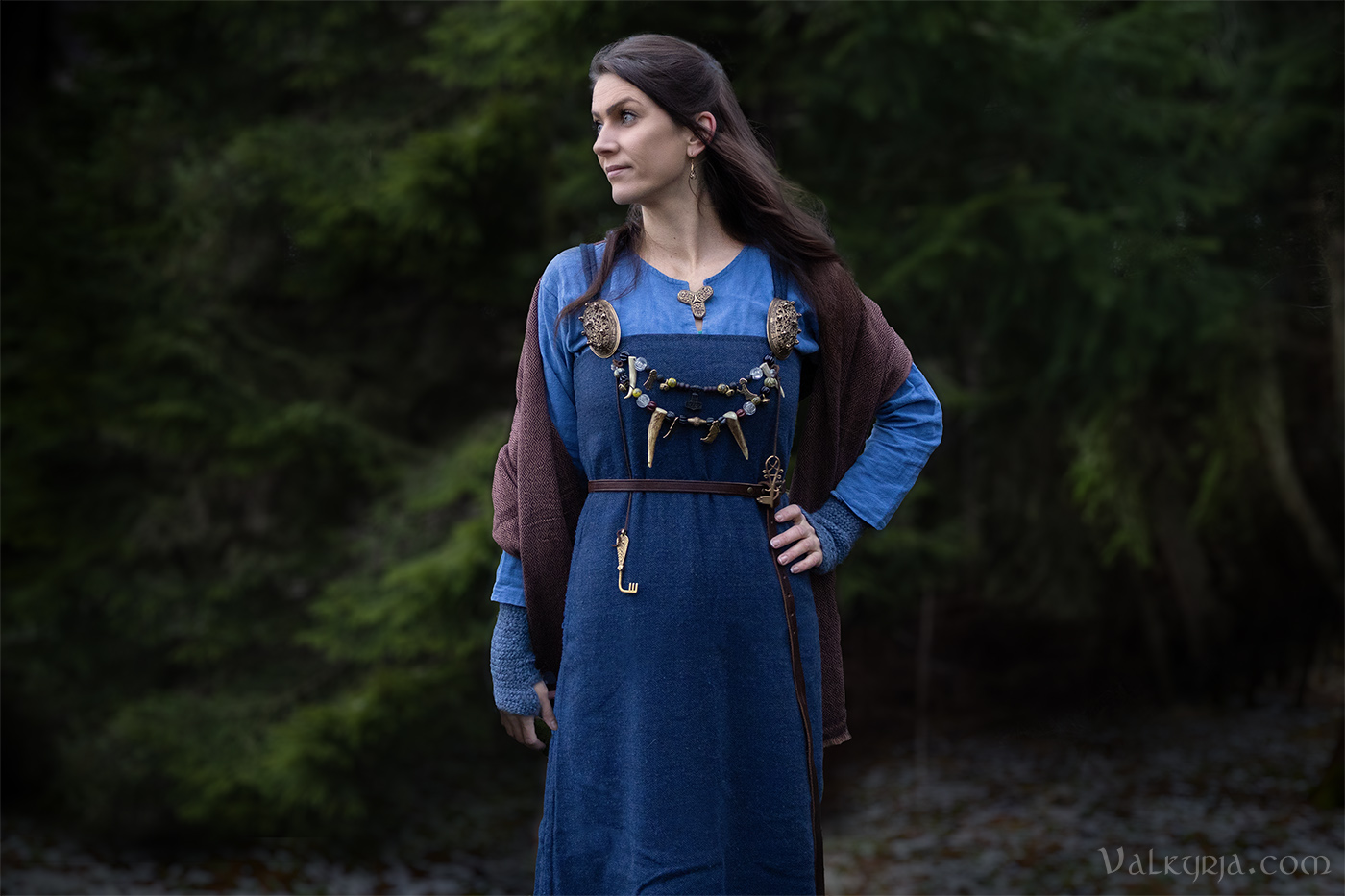
I have limited the list to Norway this year. That’s partly because the large Scandinavian overview was time-demanding for a full-time working mom to keep updating with new dates ticking in throughout the year, and partly because the positive feedback I’ve received for my overviews have mainly been from people who use them to plan their summer tours here in Norway. But let me know if you feel differently and I may reconsider that. Also, feel free to share and help spread this to others who may have use for it! But please credit my website if you copy the list to somewhere else. ♥
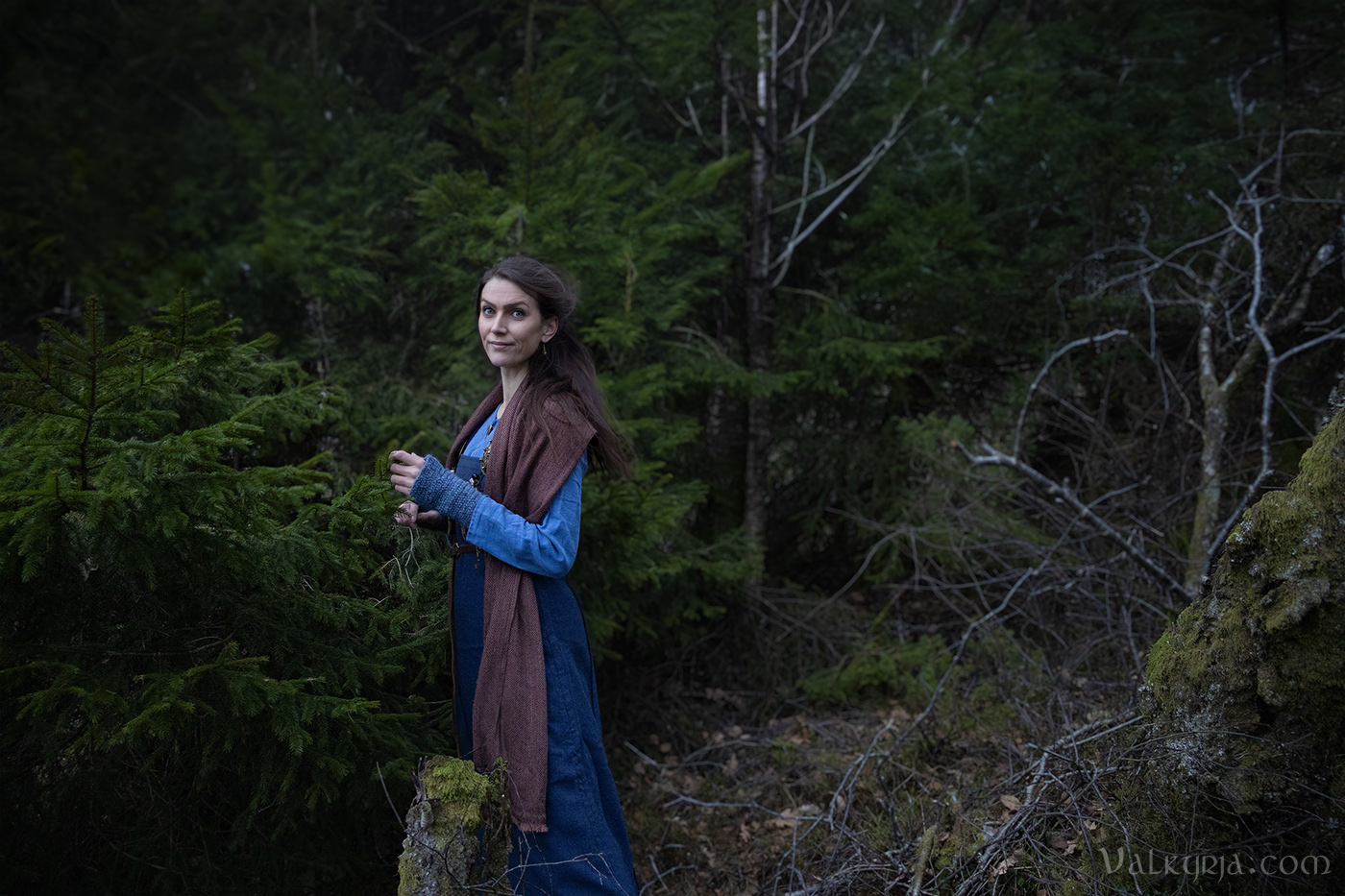
I wish I could attend them all! ^^ As always, my first market of the year will be the lovely and atmospheric Bjørgvin market, and we'll see from there. Do you have plans for the summer already? 🌿 Photography and editing: Valkyrja.com Music: Tartalo Music - Journey through the Highlands # Comments |
 
|
||||||||||||||||||||||||||||||||||||||||||||||||||||||||||||||||||||||||||||||||||||||||||||||||||||||||||||||||||||||||||||||||||||||||||||||||||||
|
|||||||||||||||||||||||||||||||||||||||||||||||||||||||||||||||||||||||||||||||||||||||||||||||||||||||||||||||||||||||||||||||||||||||||||||||||||||
